US National Parks Map
All 63 national parks across the country. Copy this map to create your own bucketlist or log.
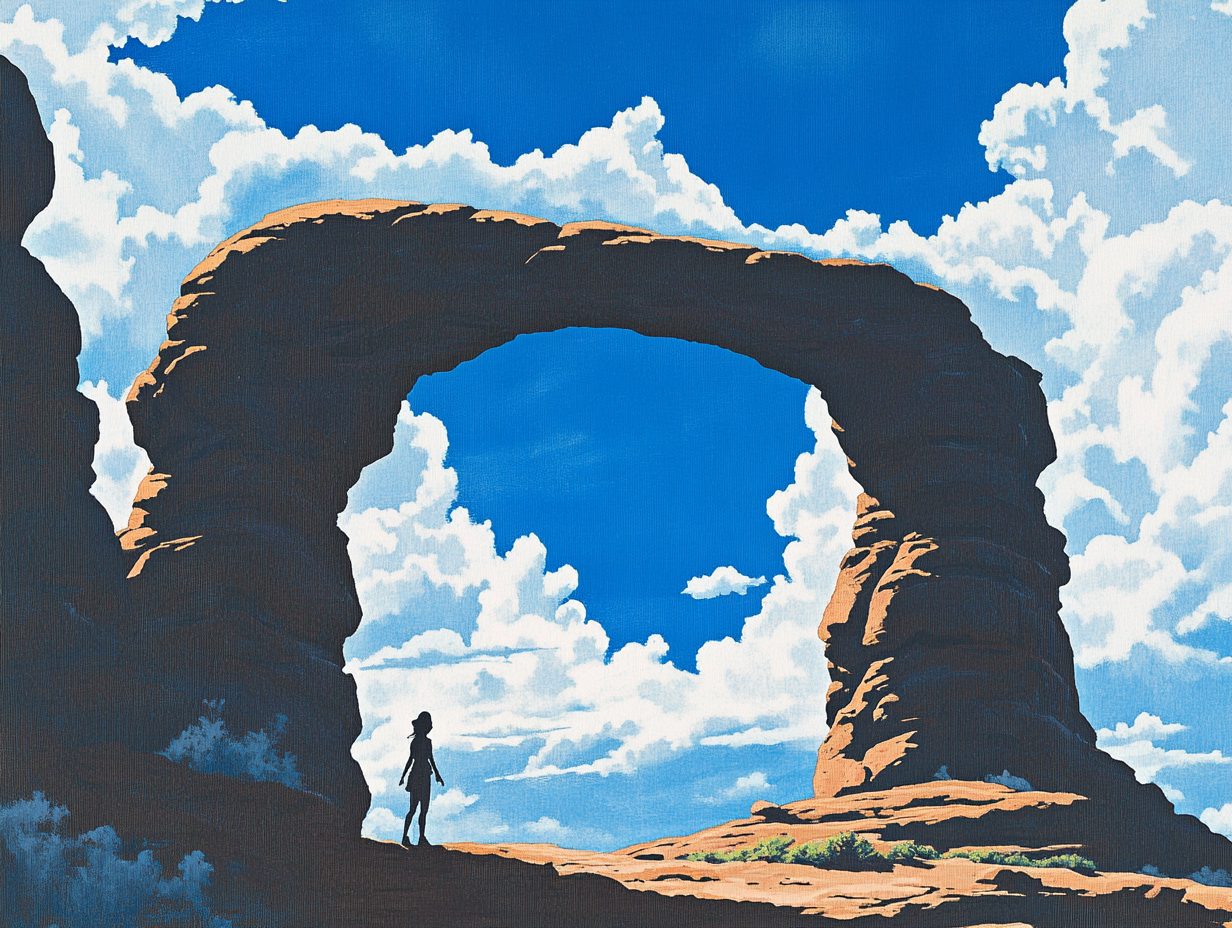
Acadia
Covering most of Mount Desert Island and other coastal islands, Acadia features the tallest mountain on the Atlantic coast, granite peaks, ocean shoreline, woodlands, and lakes. There are freshwater, estuary, forest, and intertidal habitats.[6]

Arches
This site features more than 2,000 natural sandstone arches, including the Delicate Arch. In a desert climate millions of years of erosion have led to these structures, and the arid ground has life-sustaining soil crust and potholes, natural water-collecting basins. Other geologic formations are stone columns, spires, fins, and towers.[8]
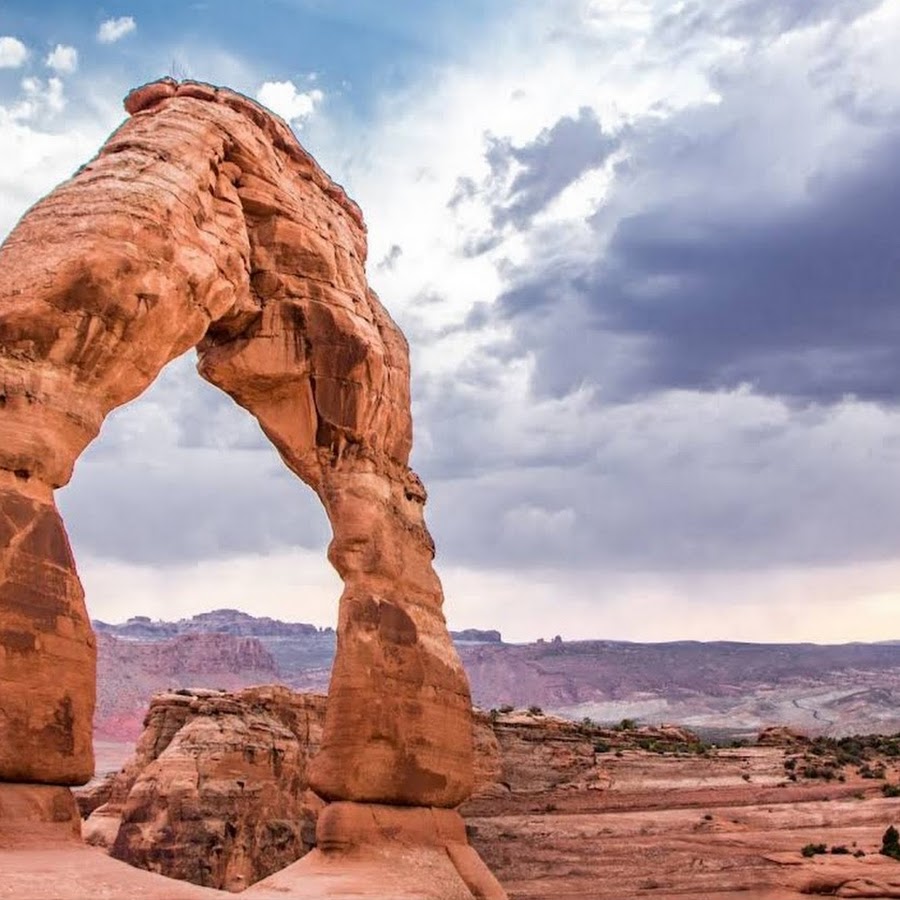
Badlands
The Badlands are a collection of buttes, pinnacles, spires, and grass prairies. It has the world's richest fossil beds from the Oligocene epoch, and there is wildlife including bison, bighorn sheep, black-footed ferrets, and swift foxes.[9]

Big Bend
Named for the Bend of the Rio Grande along the US–Mexico border, this park includes a part of the Chihuahuan Desert. A wide variety of Cretaceous and Tertiary fossils as well as cultural artifacts of Native Americans exist within its borders.[10]
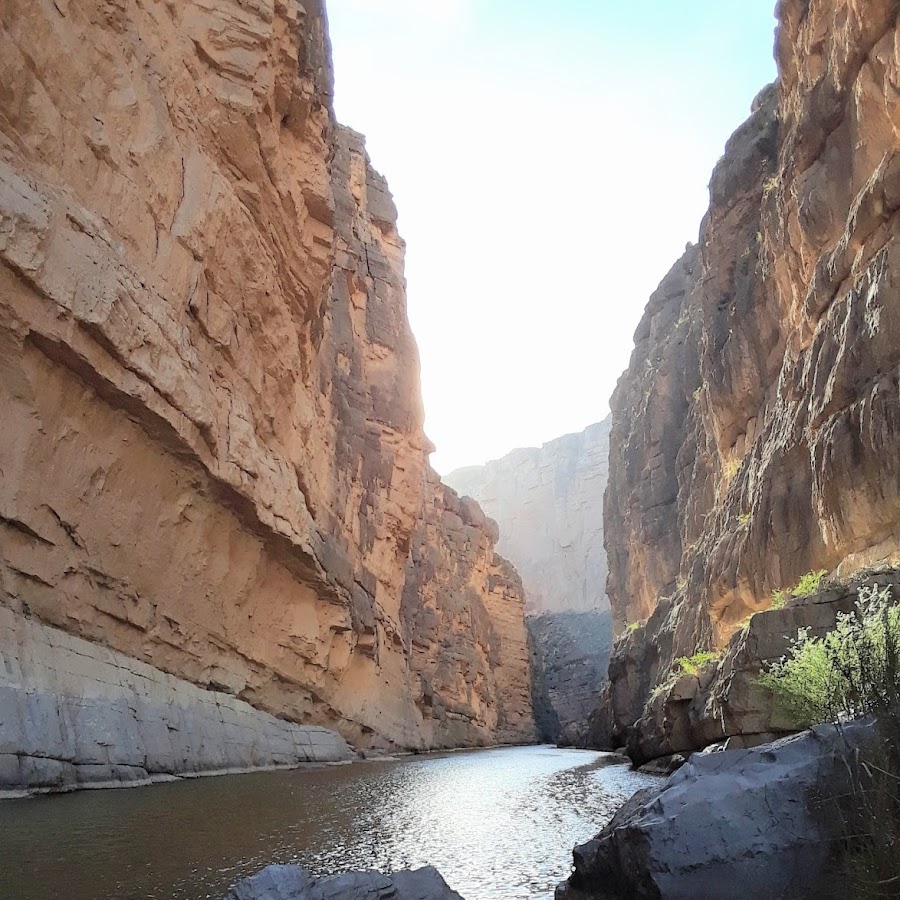
Bryce Canyon
Bryce Canyon is a giant natural amphitheatre along the Paunsaugunt Plateau. The unique area has hundreds of tall hoodoos formed by erosion. The region was originally settled by Native Americans and later by Mormon pioneers.[13]

Canyonlands
This landscape was eroded into canyons, buttes, and mesas by the Colorado River, Green River, and their tributaries, which divide the park into three districts. There are rock pinnacles and other naturally sculpted rock, as well as artifacts from Ancient Pueblo Peoples.[14]
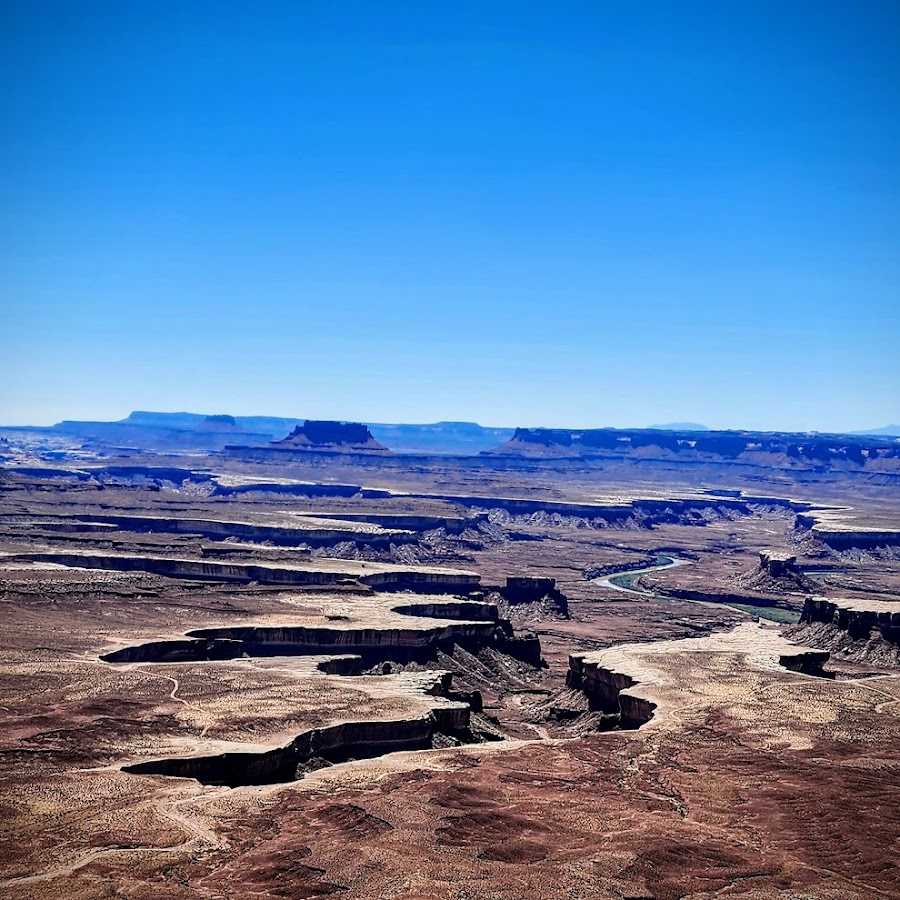
Crater Lake
Crater Lake lies in the caldera of Mount Mazama formed 7,700 years ago after an eruption. It is the deepest lake in the United States and is known for its blue color and water clarity. There are two islands in the lake, and, with no inlets or outlets, all water comes through precipitation.[19]
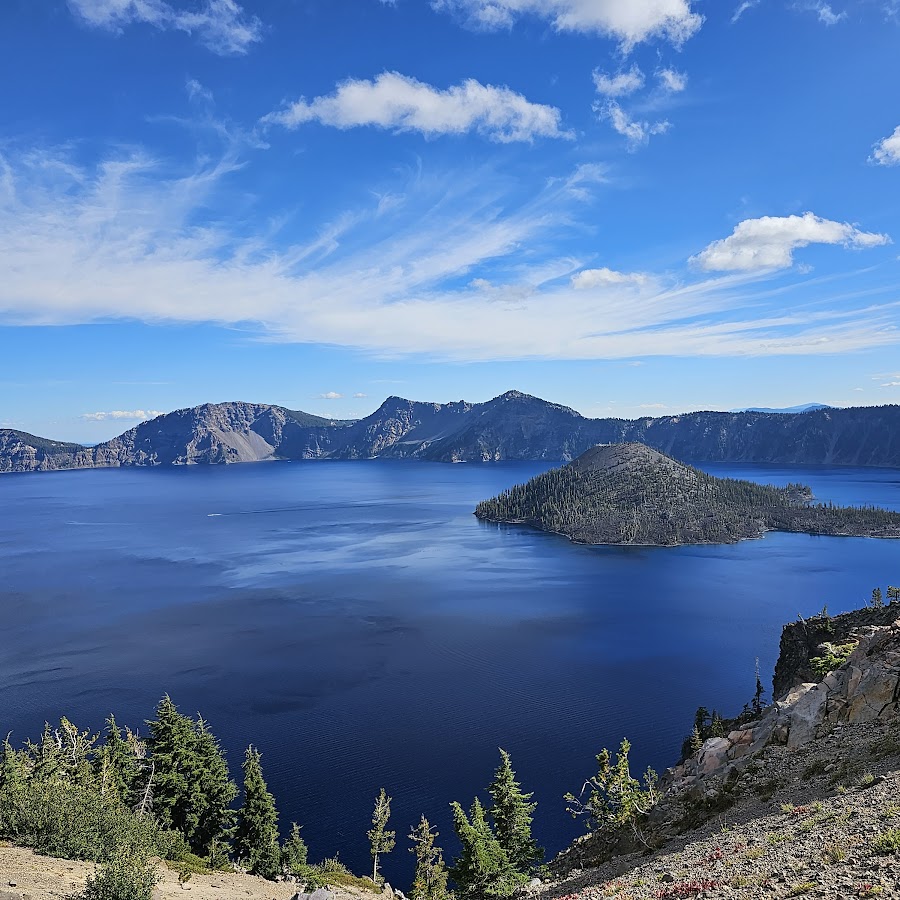
Death Valley
Death Valley is the hottest, lowest, and driest place in the United States. Daytime temperatures have topped 130°F (54°C) and it is home to Badwater Basin, the lowest point in North America. There are canyons, colorful badlands, sand dunes, mountains, and over 1000 species of plants in this graben on a fault line. Further geologic points of interest are salt flats, springs, and buttes.[22]

Denali
Centered around the Mount McKinley, the tallest mountain in North America, Denali is serviced by a single road leading to Wonder Lake. McKinley and other peaks of the Alaska Range are covered with long glaciers and boreal forest. Wildlife includes grizzly bears, Dall sheep, caribou, and gray wolves.[23]
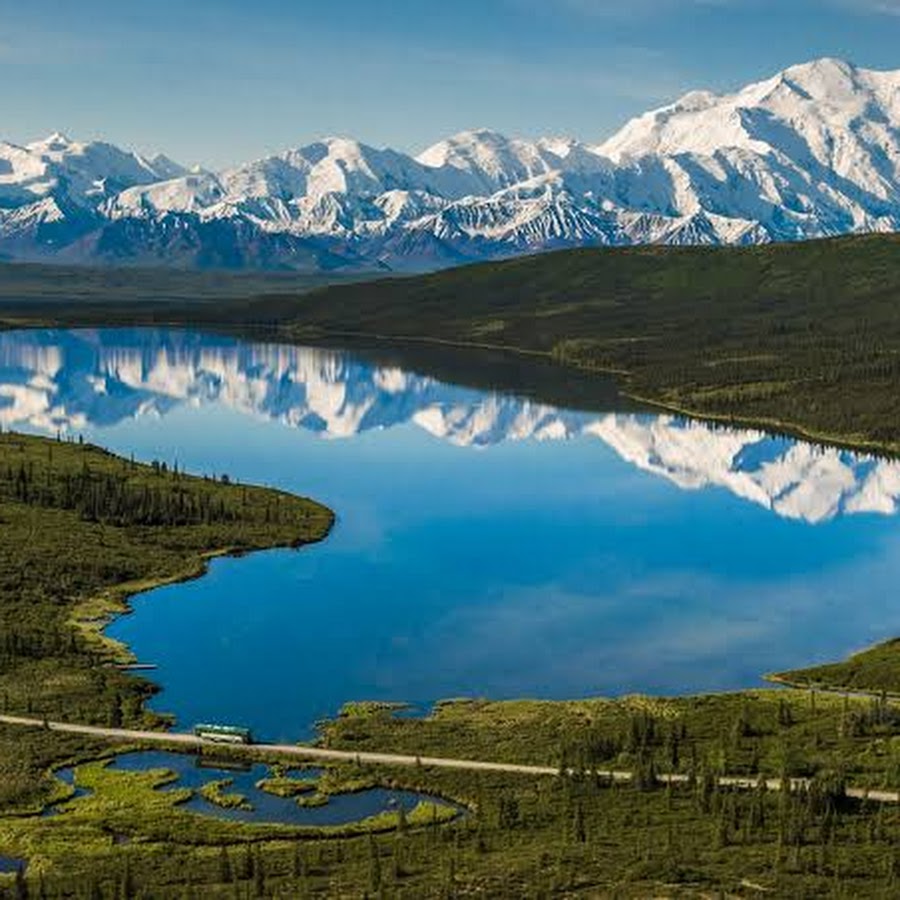
Everglades
The Everglades are the largest subtropical wilderness in the United States. This mangrove ecosystem and marine estuary is home to 36 protected species, including the Florida panther, American crocodile, and West Indian manatee. Some areas have been drained and developed; restoration projects aim to restore the ecology.

Gates of the Arctic
This northernmost park protects part of the Brooks Range and has no park facilities. The land is home to Alaska natives, who have relied on the land and caribou for 11,000 years.

Glacier
Part of Waterton Glacier International Peace Park, this park has 26 remaining glaciers and 130 named lakes under the tall Rocky Mountain peaks. There are historic hotels and a landmark road in this region of rapidly receding glaciers. These mountains, formed by an overthrust, have the world's best sedimentary fossils from the Proterozoic era.[27]
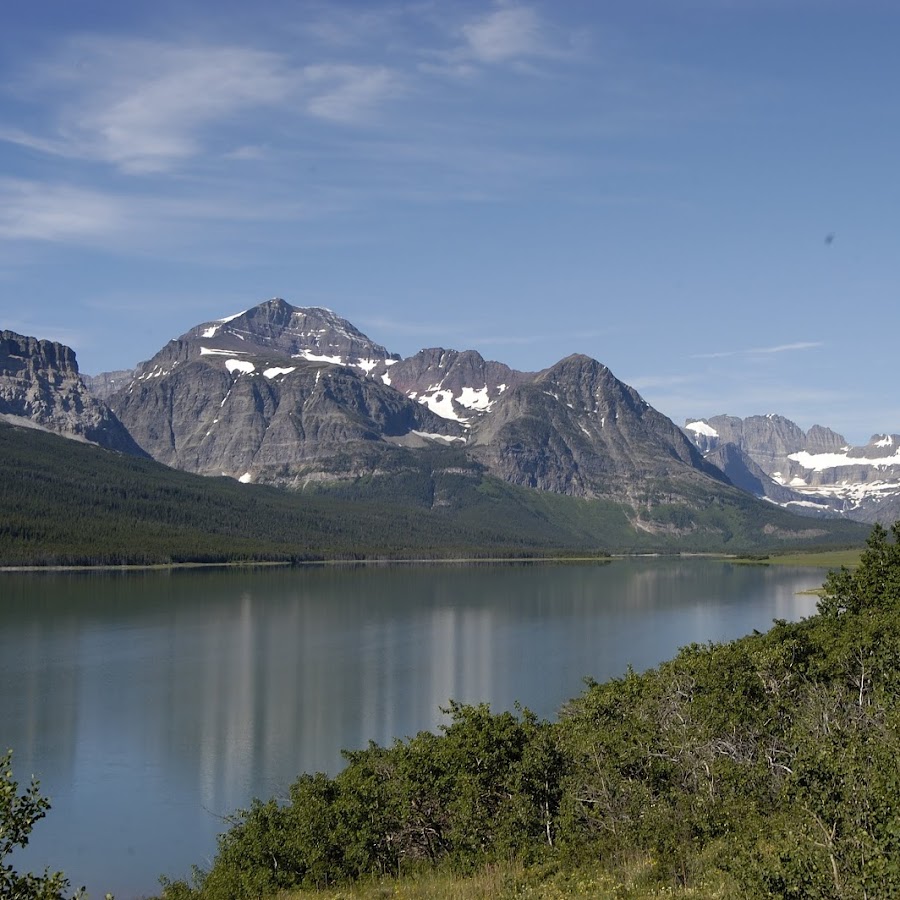
Glacier Bay
Glacier Bay has numerous tidewater glaciers, mountains, and fjords. The temperate rainforest and the bay are home to grizzly bears, mountain goats, whales, seals, and eagles. When discovered in 1794 by George Vancouver, the entire bay was covered by ice, but the glaciers have receded over 65 miles (105 km).
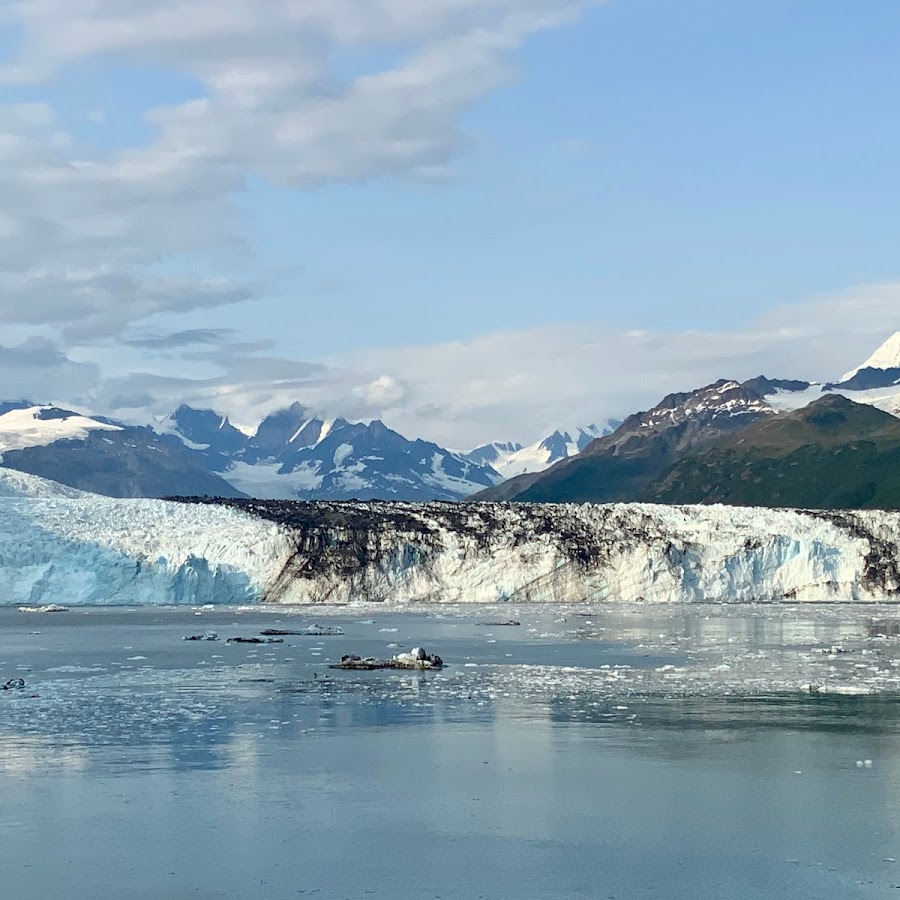
Grand Canyon
The Grand Canyon, carved out by the Colorado River, is 277 miles (446 km) long, up to 1 mile (1.6 km) deep, and up to 15 miles (24 km) wide. Millions of years of exposure has formed colorful layers of the Colorado Plateau in mesas and canyon walls.[29]
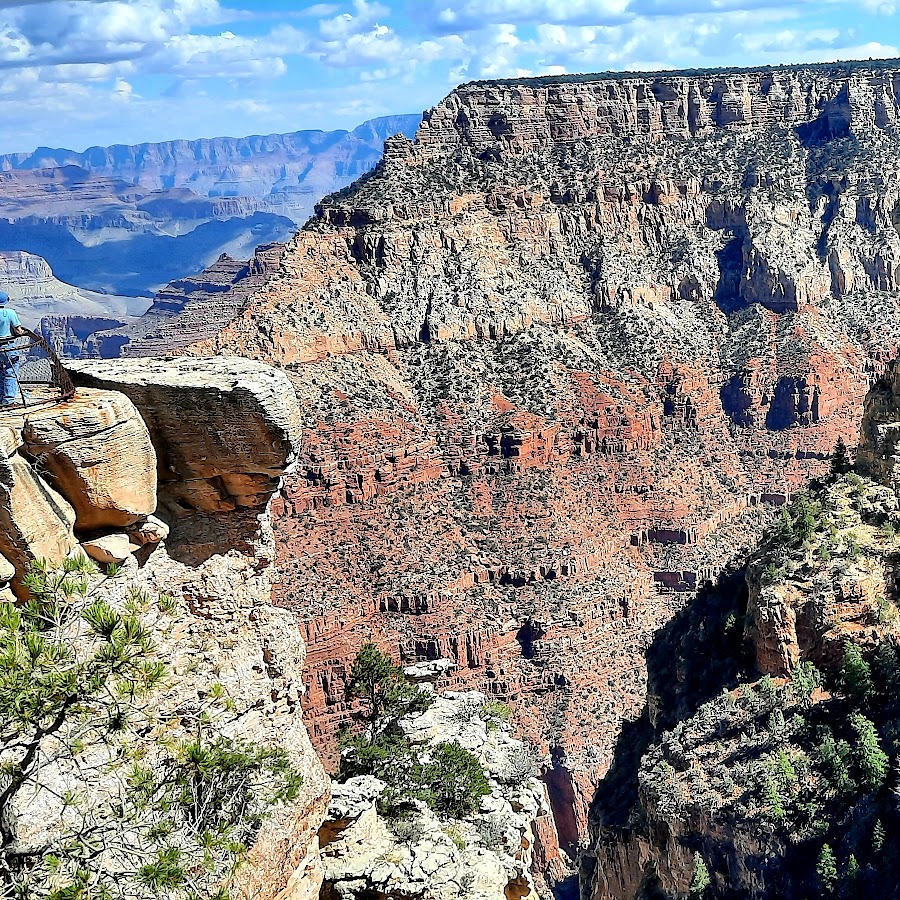
Grand Teton
Grand Teton is the tallest mountain in the Teton Range. The park's Jackson Hole valley and reflective piedmont lakes contrast with the tall mountains, which abruptly rise from the glacial sage-covered valley.[30]

Great Basin
Based around Wheeler Peak, the Great Basin has 5,000-year-old bristlecone pines, glacial moraines, and the limestone Lehman Caves. It has some of the country's darkest night skies, and there are animal species including Townsend's big-eared bat, Pronghorn, and Bonneville cutthroat trout.[31]

Great Sand Dunes
The tallest dunes in North America are up to 750 feet (230 m) tall and neighbor grasslands, shrublands and wetlands. They were formed by sand deposits of the Rio Grande on the San Luis Valley. The park also has alpine lakes, six 13,000-foot mountains, and ancient forests. Designated Dark Sky Park.
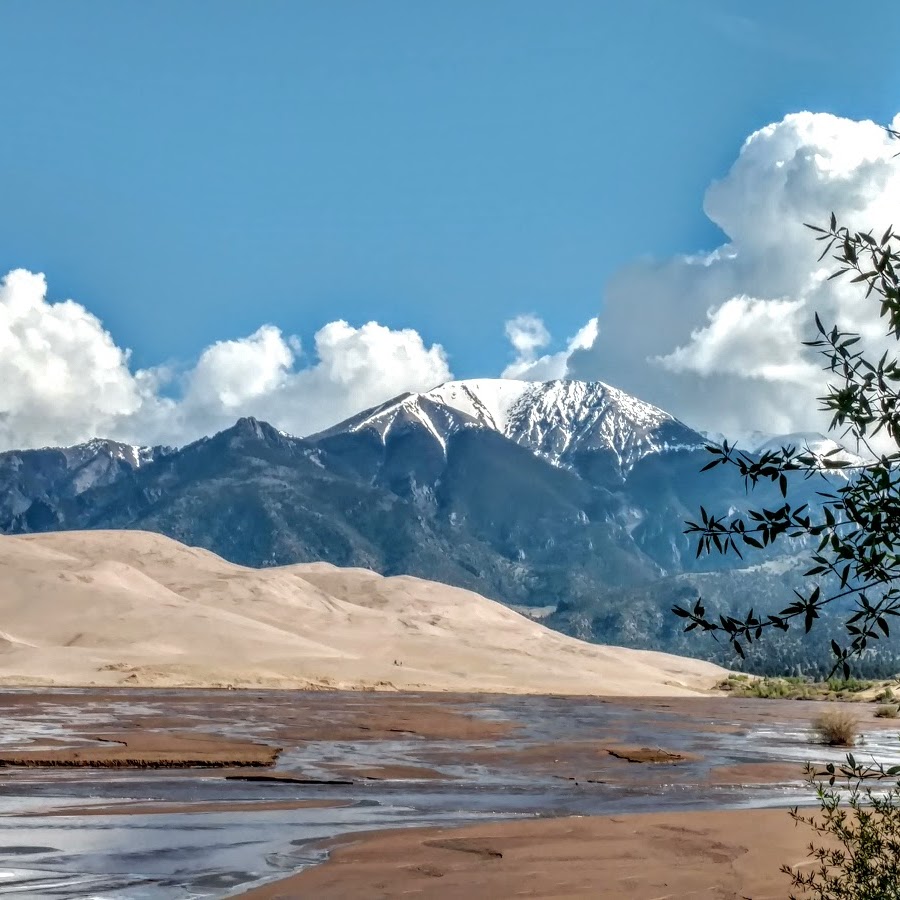
Great Smoky Mountains
The Great Smoky Mountains, part of the Appalachian Mountains, have a wide range of elevations, making them home to over 400 vertebrate species, 100 tree species, and 5000 plant species. Hiking is the park's main attraction, with over 800 miles (1,300 km) of trails, including 70 miles (110 km) of the Appalachian Trail. Other activities are fishing, horseback riding, and visiting some of nearly 80 historic structures.
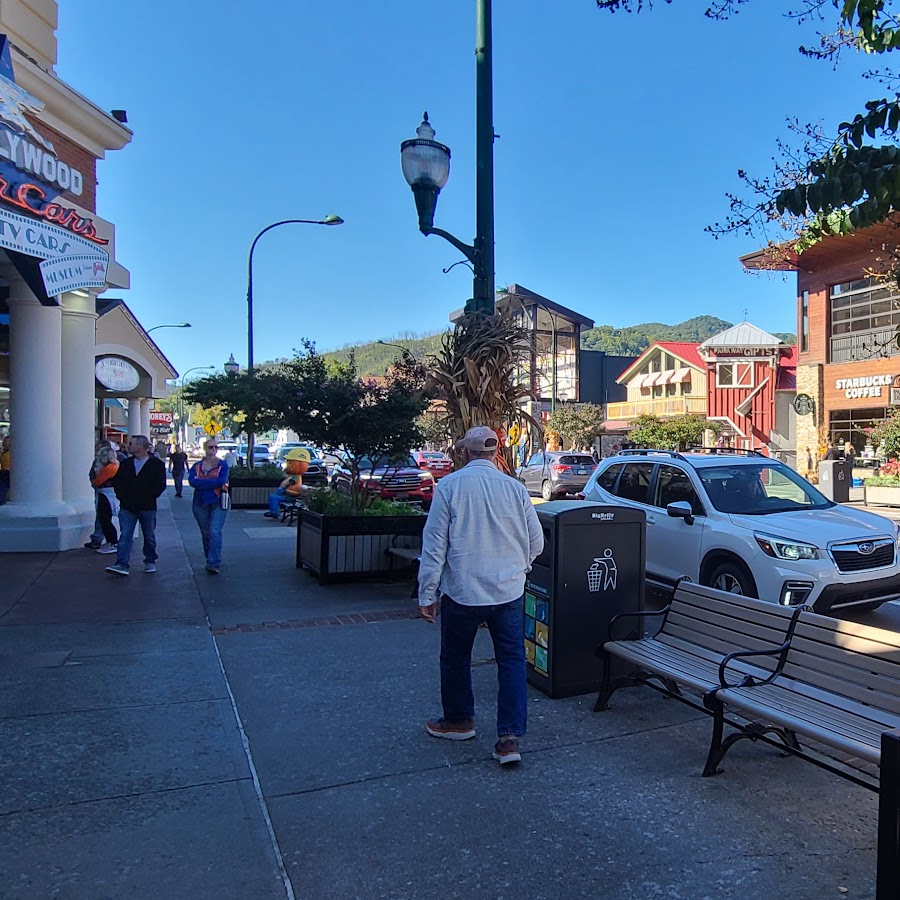
Hawaii Volcanoes
This park on the Big Island protects the Kīlauea and Mauna Loa volcanoes, two of the world's most active. Diverse ecosystems of the park range from those at sea level to 13,000 feet (4,000 m).

Hot Springs
The only National Park in an urban area, this smallest National Park is based around the natural hot springs that have been managed for public use. Bathhouse Row preserves 47 of these with many beneficial minerals.

Joshua Tree
Covering parts of the Colorado and Mojave Deserts and the Little San Bernardino Mountains, this is the home of the Joshua tree. Across great elevation changes are sand dunes, dry lakes, rugged mountains, and granite monoliths. Designated Dark Sky Park.

Kenai Fjords
Near Seward on the Kenai Peninsula, this park protects the Harding Icefield and at least 38 glaciers and fjords stemming from it. The only area accessible to the public by road is Exit Glacier, while the rest can only be viewed by boat tours.[41]
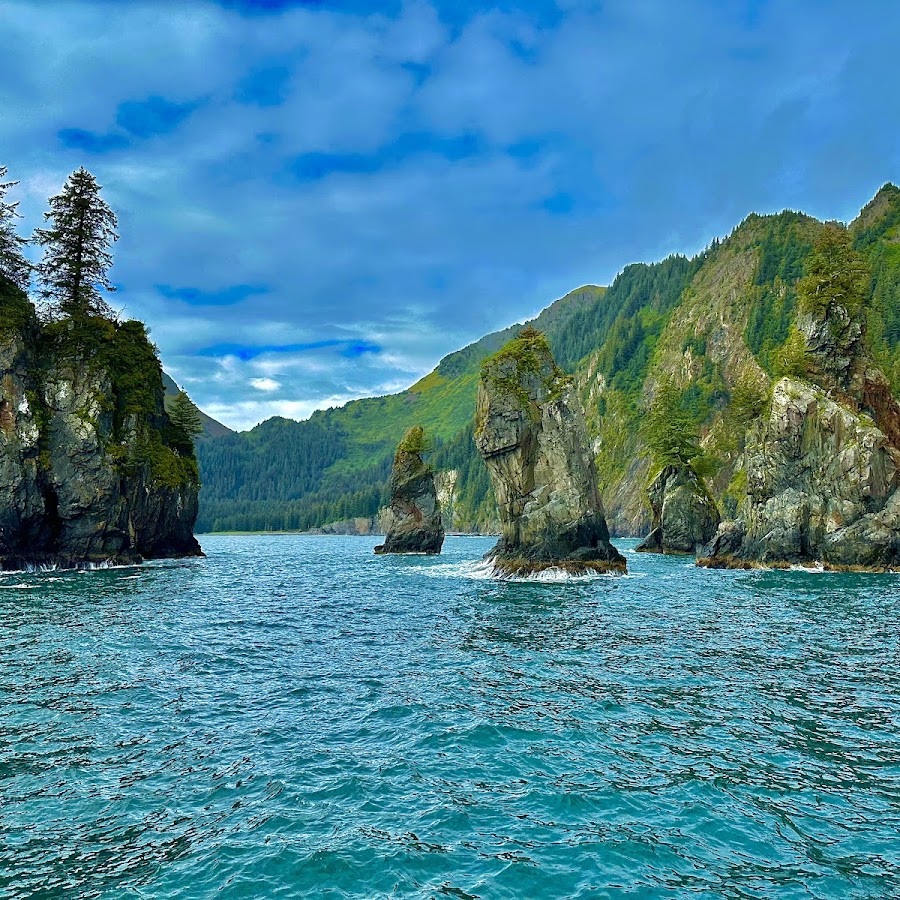
Kings Canyon
Home to several Giant sequoia groves and the General Grant Tree, the world's second largest, this park also has part of the Kings River, site of the granite Kings Canyon, and San Joaquin River, as well as the Boyden Cave.[42]

Lassen Volcanic
Lassen Peak, the largest plug dome volcano in the world, is joined by all three other types of volcanoes in this park: shield, cinder dome, and composite. Other than the volcano, which last erupted in 1915, the park has hydrothermal areas, including fumaroles, boiling pools, and steaming ground, heated by molten rock under the peak.[45]
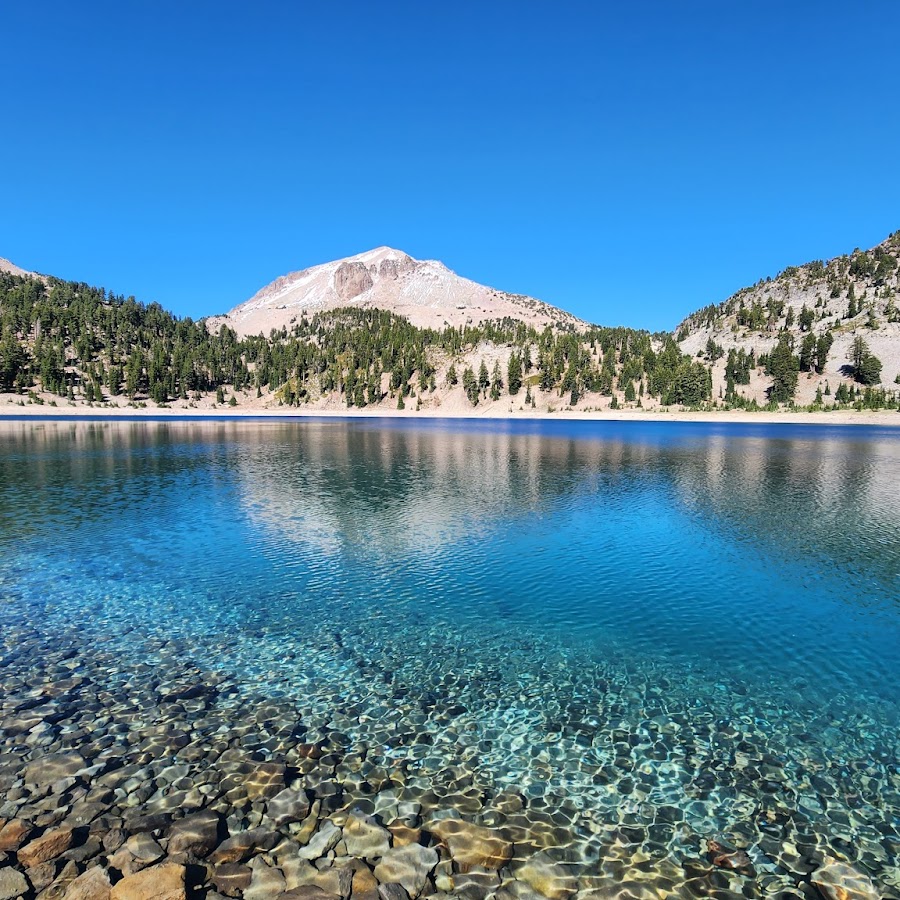
Mammoth Cave
With 392 miles (631 km) of passageways mapped, Mammoth Cave is by far the world's longest cave system. Cave animals include eight bat species, Kentucky cave shrimp, Northern cavefish, and cave salamanders. Above ground, the park contains Green River (Kentucky), 70 miles of hiking trails, sinkholes, and springs.[46]
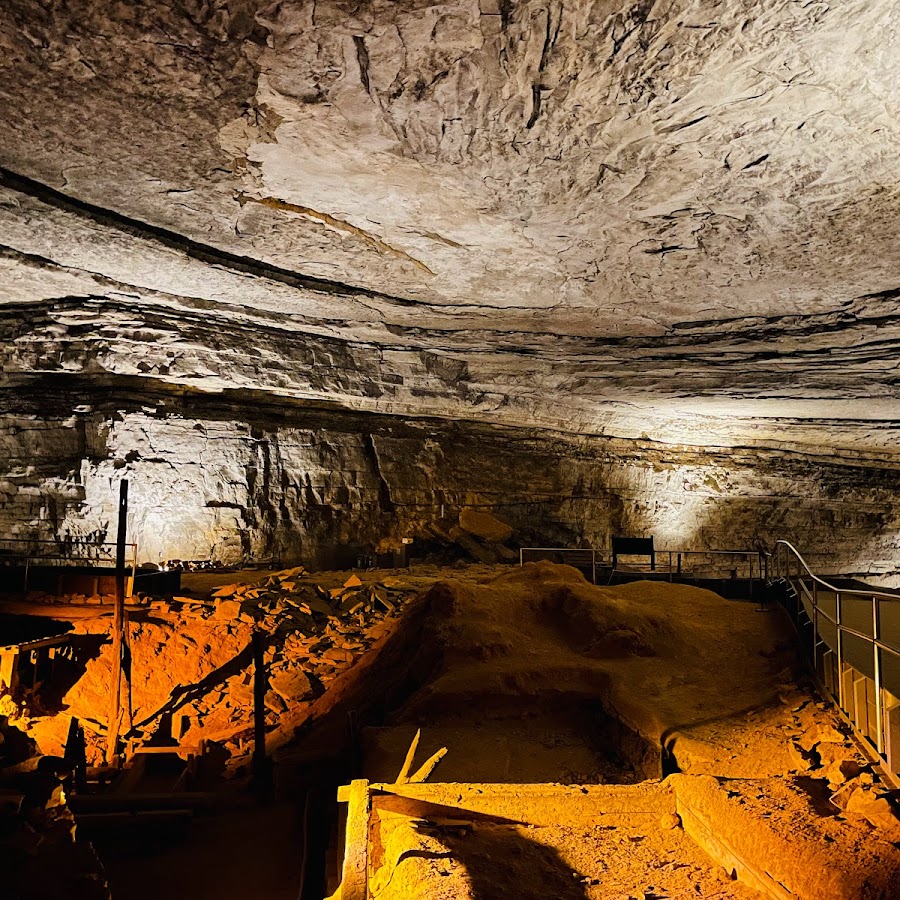
Mount Rainier
Mount Rainier, an active volcano, is the most prominent peak in the Cascades, and it is covered by 26 named glaciers including Carbon Glacier and Emmons Glacier, the largest in the continental United States. The mountain is popular for climbing, and more than half of the park is covered by subalpine and alpine forests. Paradise on the south slope is one of the snowiest places in the world, and the Longmire visitor center is the start of the Wonderland Trail, which encircles the mountain.[48]
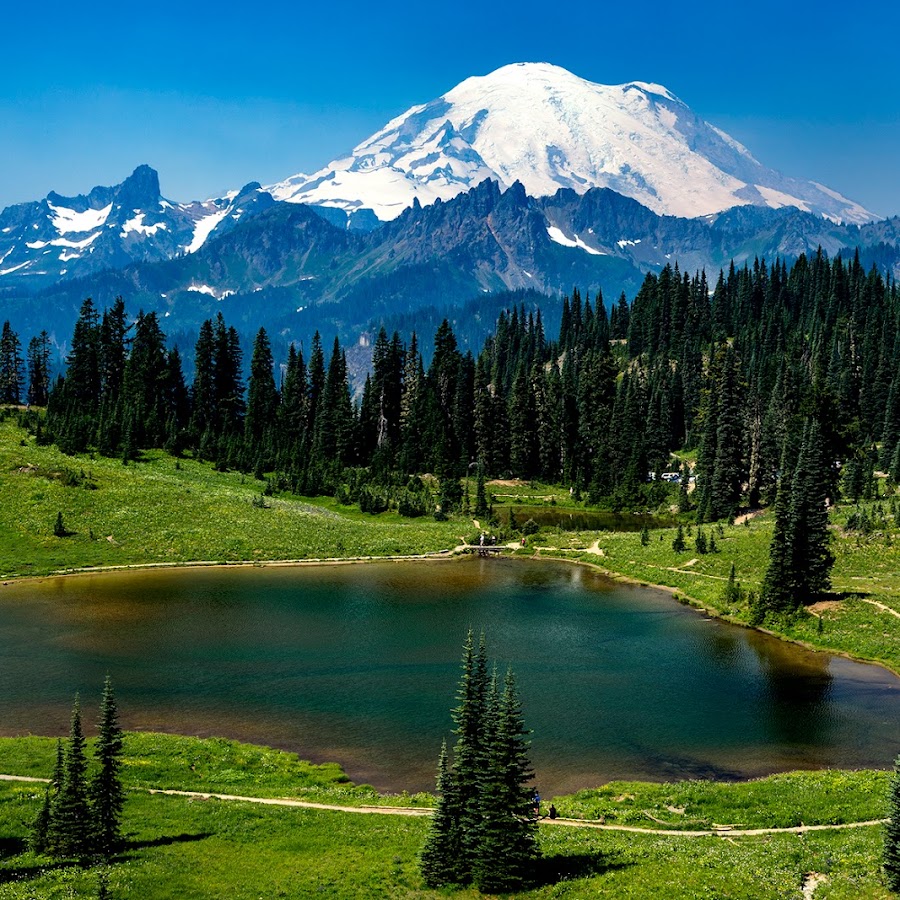
Olympic
Situated on the Olympic Peninsula, this park ranges from Pacific shoreline with tide pools to temperate rainforests to Mount Olympus. The glaciated Olympic Mountains overlook the Hoh Rain Forest and Quinault Rain Forest, the wettest area of the continental United States.[50]

Redwood
This park and the co-managed state parks protect almost half of all remaining Coastal Redwoods, the tallest trees on Earth. There are three large river systems in this very seismically active area, and the 37 miles (60 km) of protected coastline have tide pools and seastacks. The prairie, estuary, coast, river, and forest ecosystems have varied animal and plant species.[53]
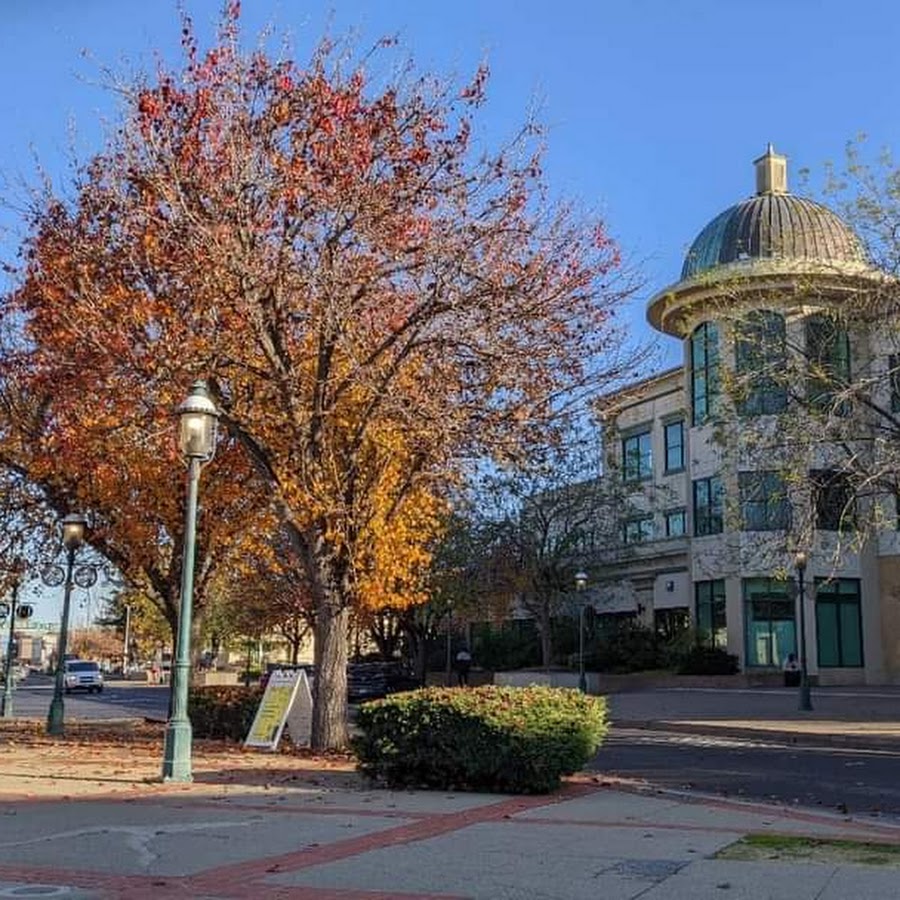
Rocky Mountain
This section of the Rocky Mountains has ecosystems varying in elevation from the over 150 riparian lakes to Montane and subalpine forests to the alpine tundra. Large wildlife including mule deer, bighorn sheep, black bears, and cougars inhabit these igneous mountains and glacier valleys. The fourteener Longs Peak and Bear Lake are popular destinations.[54]

Sequoia
This park protects the Giant Forest, which has the world's largest tree, General Sherman, as well as four of the next nine. It also has over 240 caves, the tallest mountain in the continental U.S., Mount Whitney, and the granite dome Moro Rock.[56]
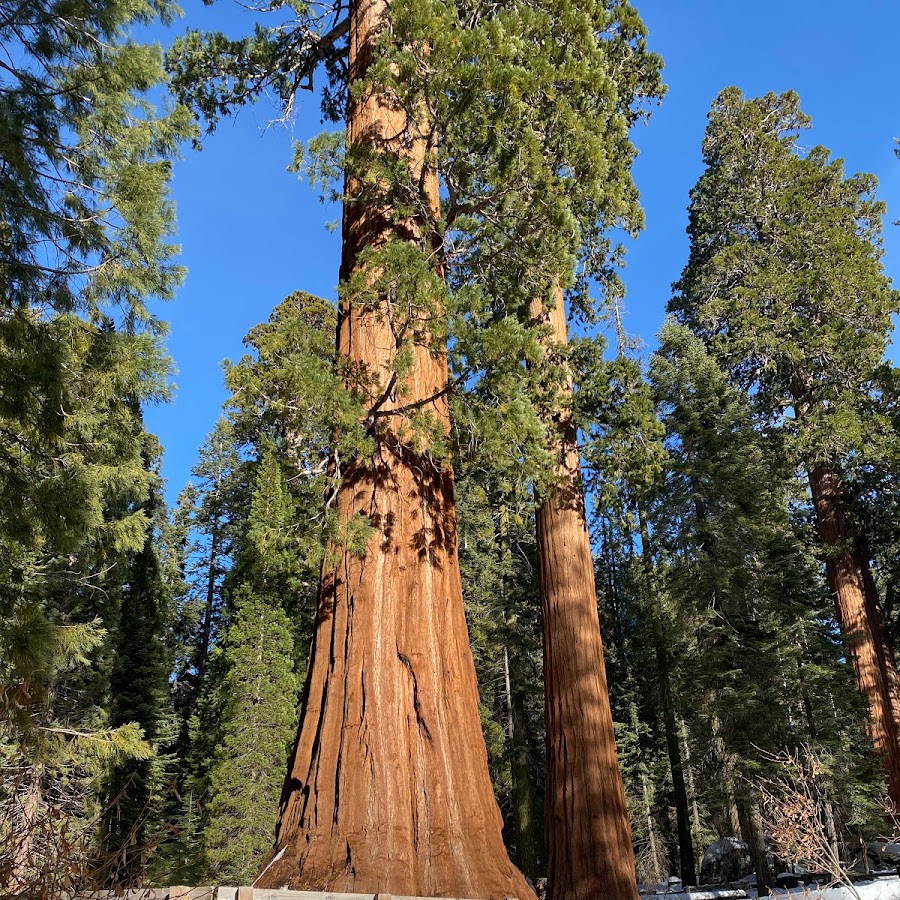
Shenandoah
Shenandoah's Blue Ridge Mountains are covered by hardwood forests that are home to tens of thousands of animals. The Skyline Drive and Appalachian Trail run the entire length of this narrow park that has more than 500 miles (800 km) of hiking trails along scenic overlooks and waterfalls of the Shenandoah River.[57]

Yellowstone
Situated on the Yellowstone Caldera, the first national park in the world has vast geothermal areas such as hot springs and geysers, the best-known being Old Faithful and Grand Prismatic Spring. The yellow-hued Grand Canyon of the Yellowstone River has numerous waterfalls, and four mountain ranges run through the park. There are almost 60 mammal species, including the gray wolf, grizzly bear, lynx, bison, and elk.

Yosemite
Yosemite has towering cliffs, waterfalls, and sequoias in a diverse area of geology and hydrology. Half Dome and El Capitan rise from the central glacier-formed Yosemite Valley, as does Yosemite Falls, North America's tallest waterfall. Three Giant Sequoia groves and vast wilderness are home to diverse wildlife.[64]

Zion
This geologically unique area has colorful sandstone canyons, high plateaus, and rock towers. Natural arches and exposed formations of the Colorado Plateau make up a large wilderness of four ecosystems.[65]
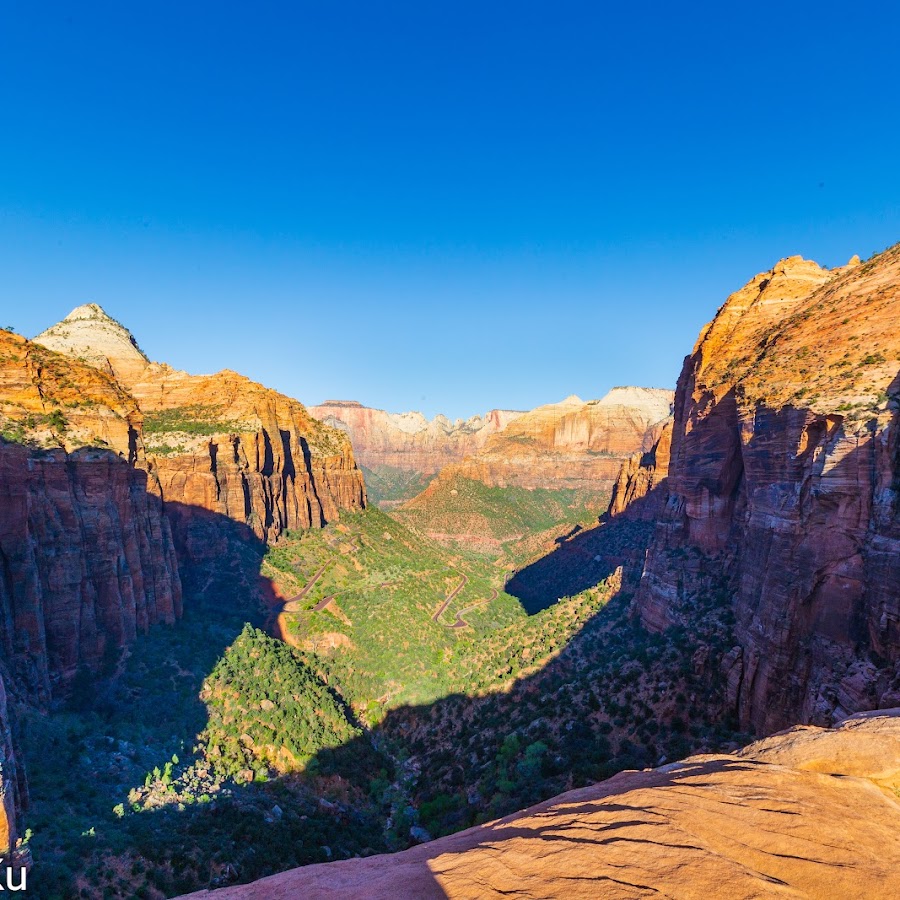
New River Gorge
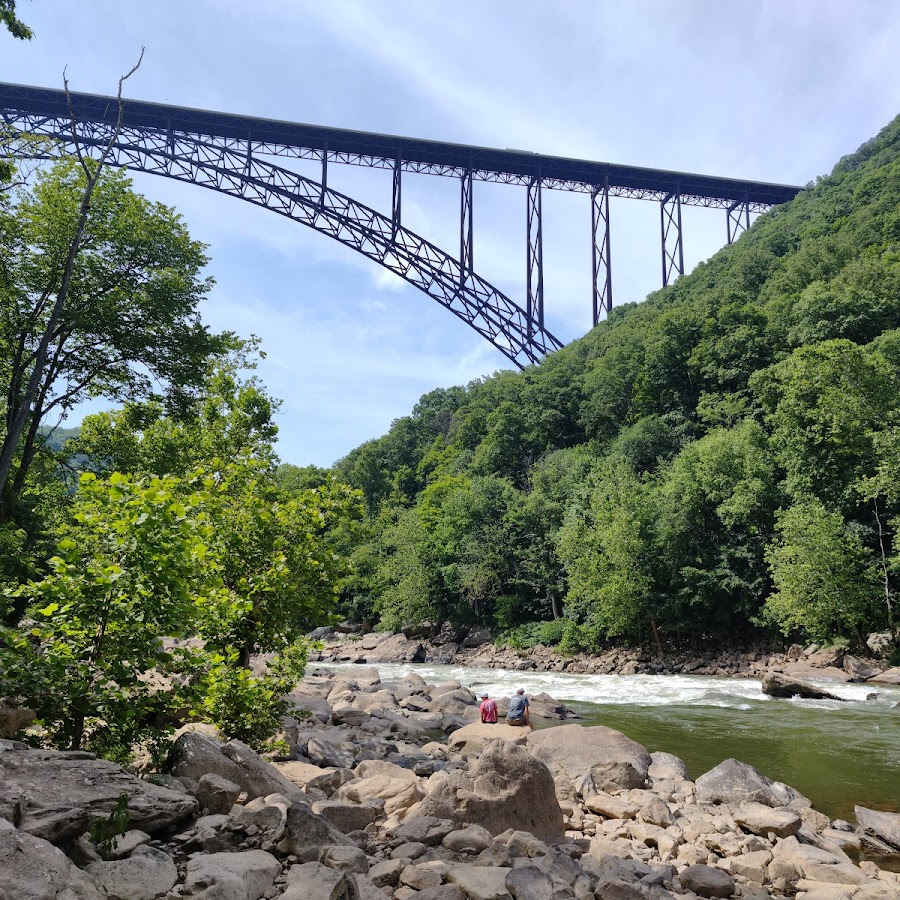
North Cascades
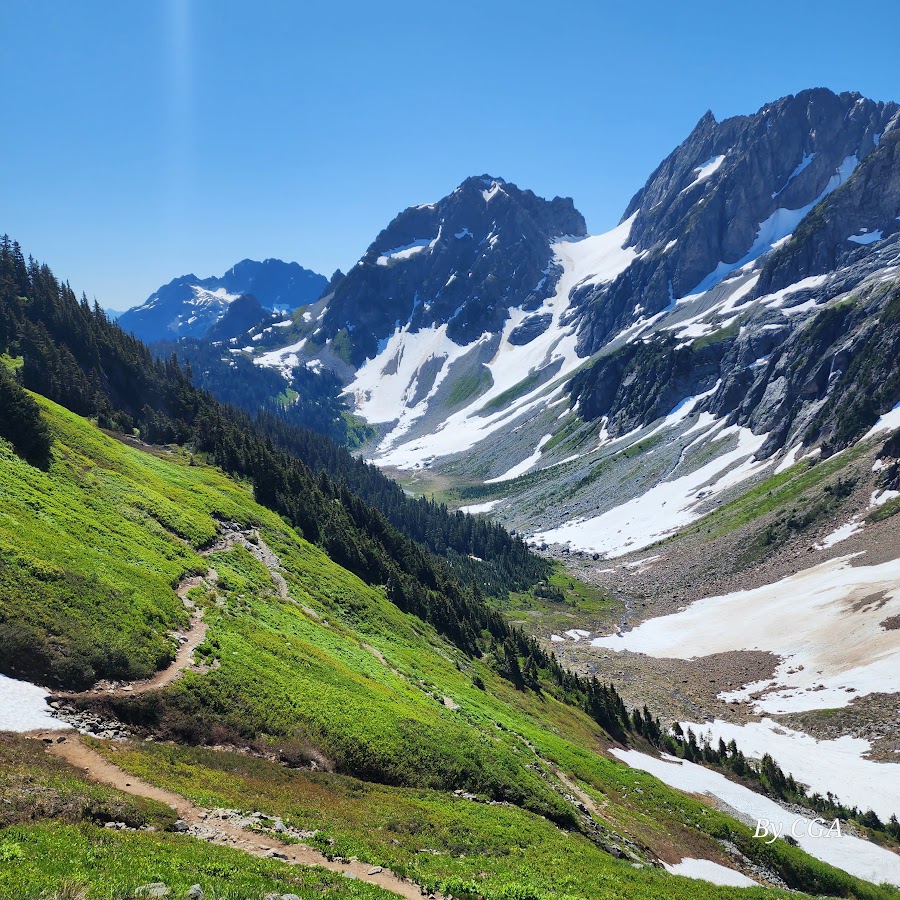
Capitol Reef

Virgin Islands

Guadalupe Mountains

Wind Cave

Congaree
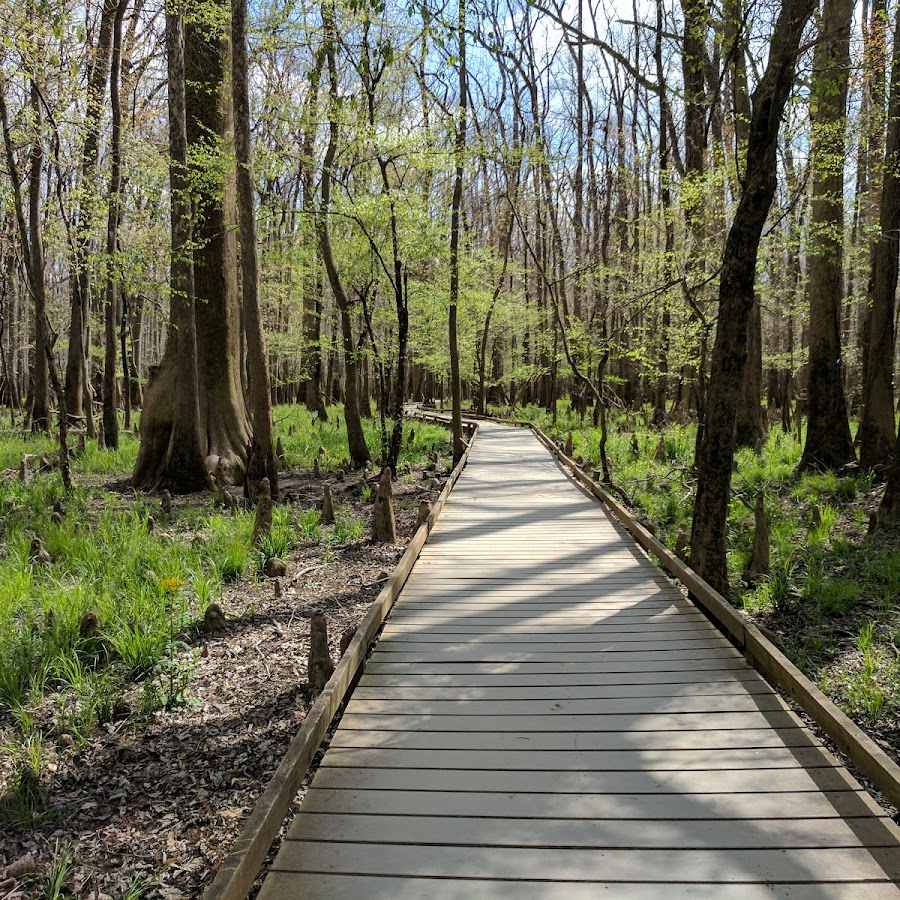
Cuyahoga Valley

Theodore Roosevelt
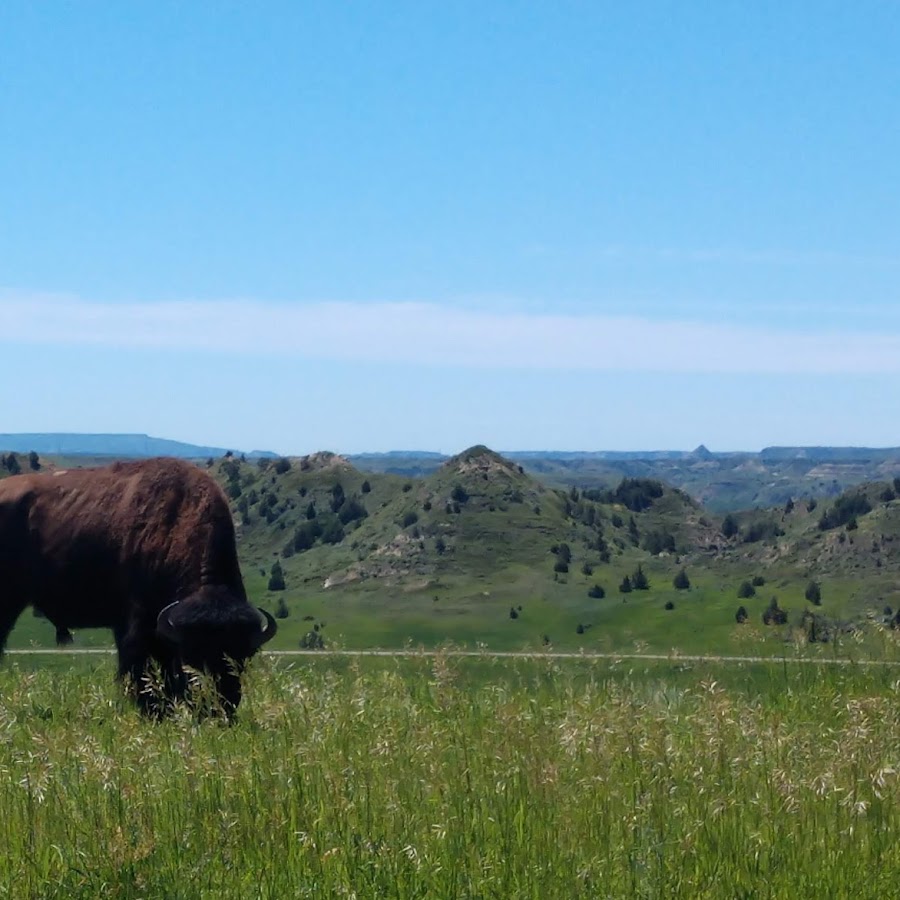
White Sands
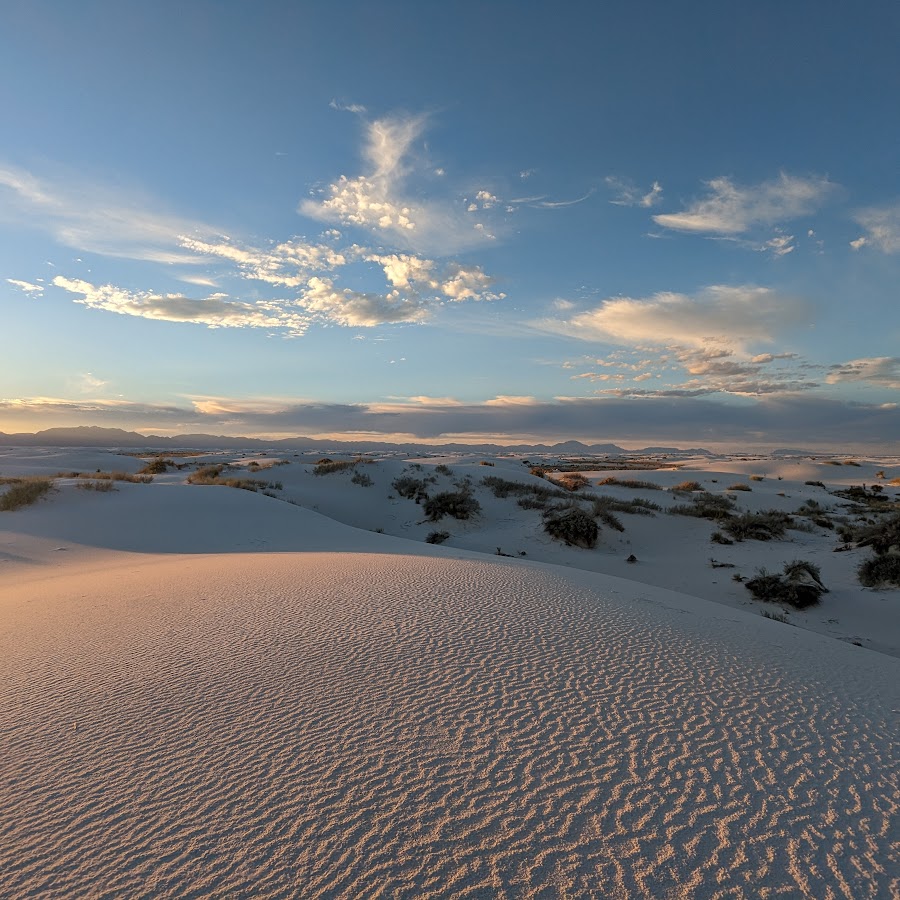
Carlsbad Caverns
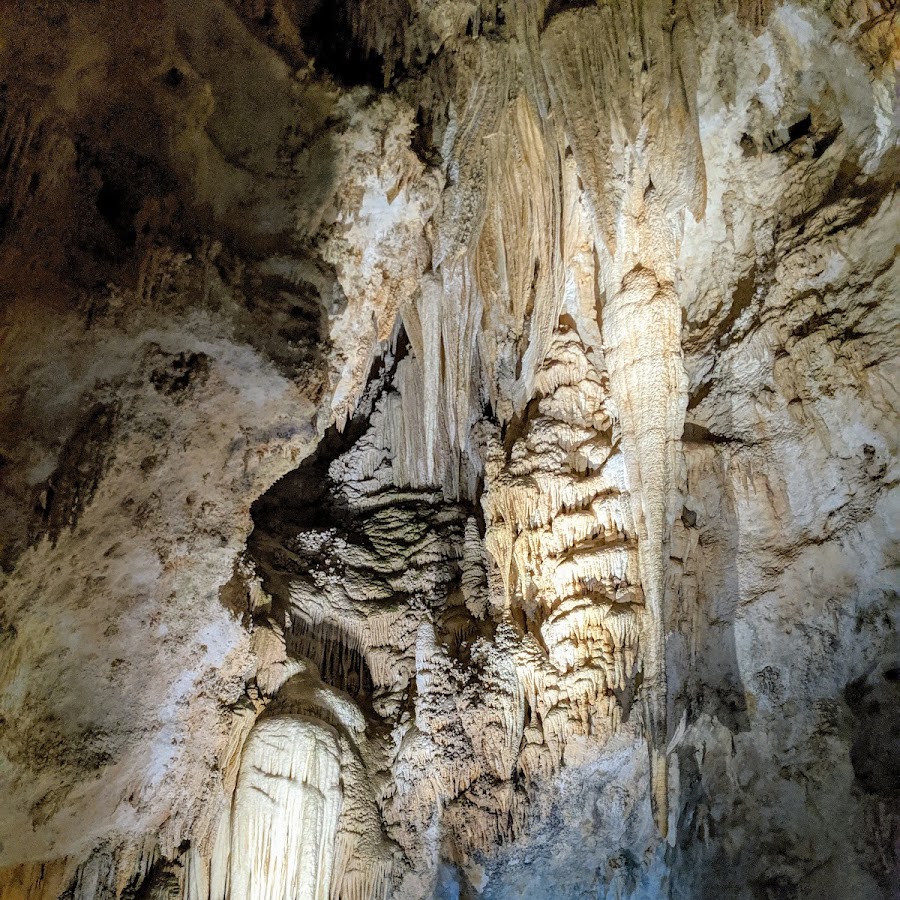
Gateway Arch
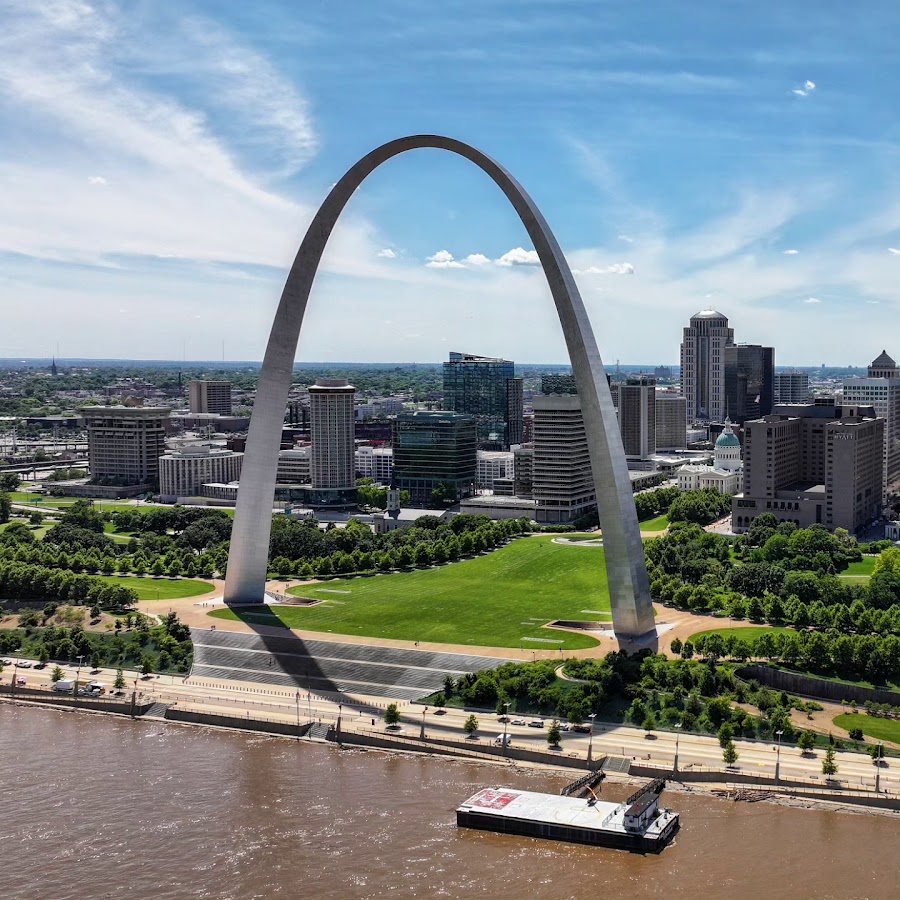
Voyageurs
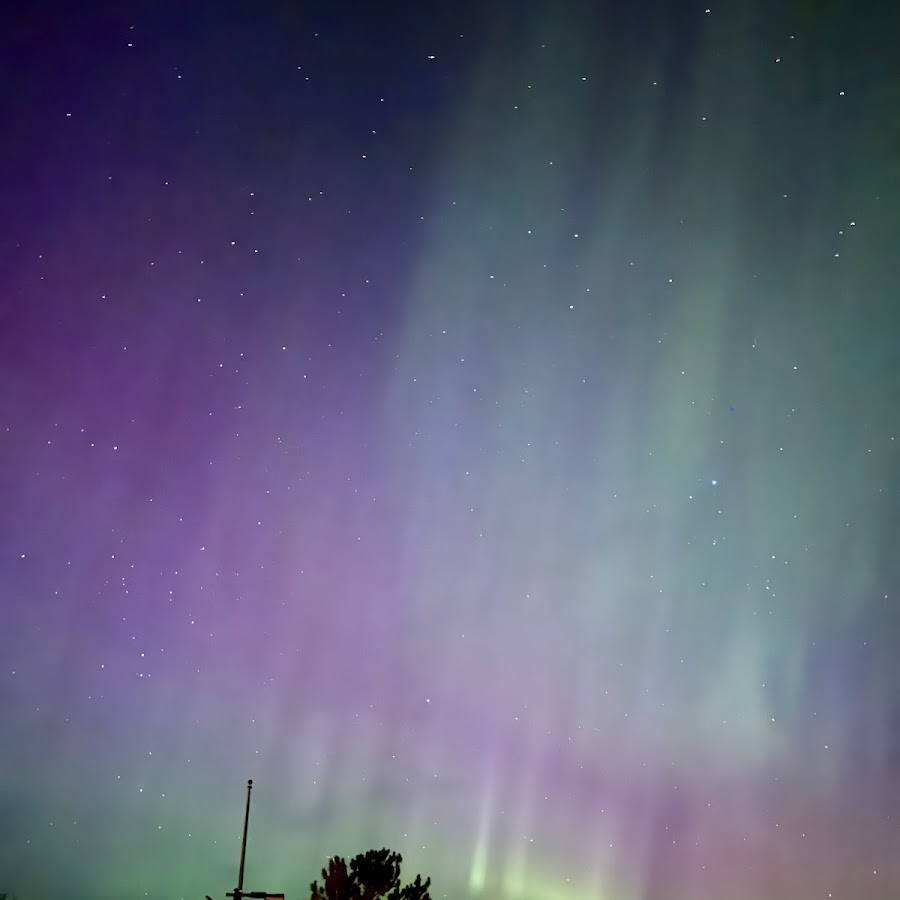
Isle Royale

Indiana Dunes
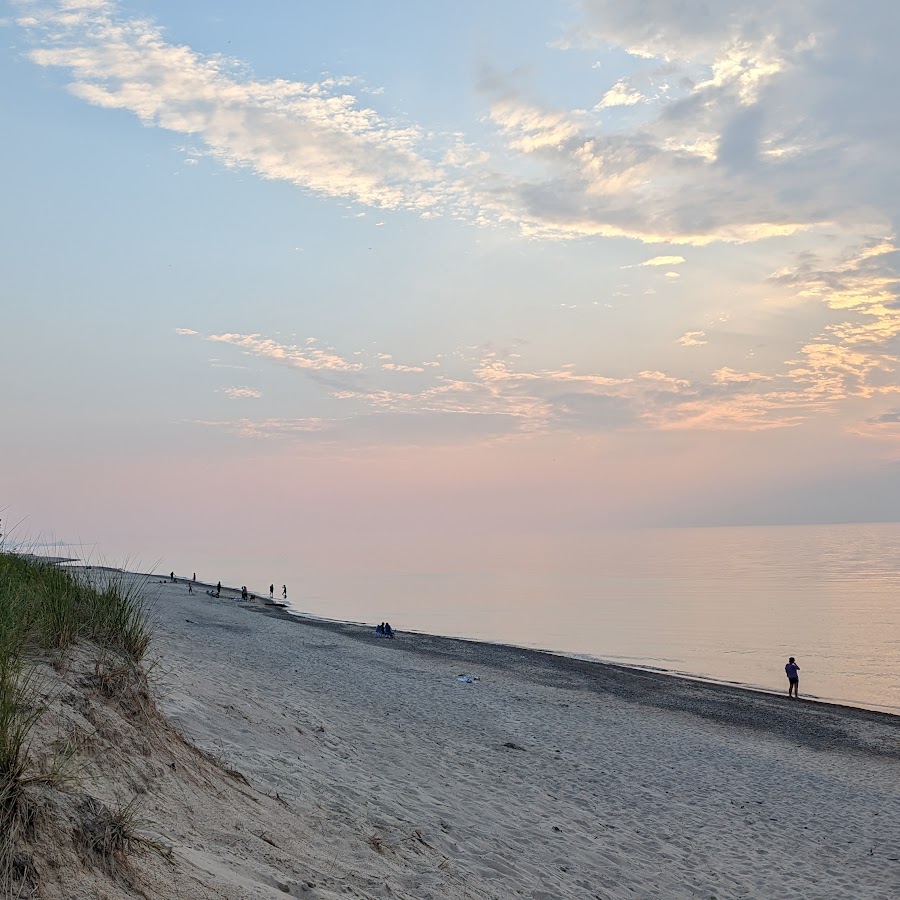
Haleakalā
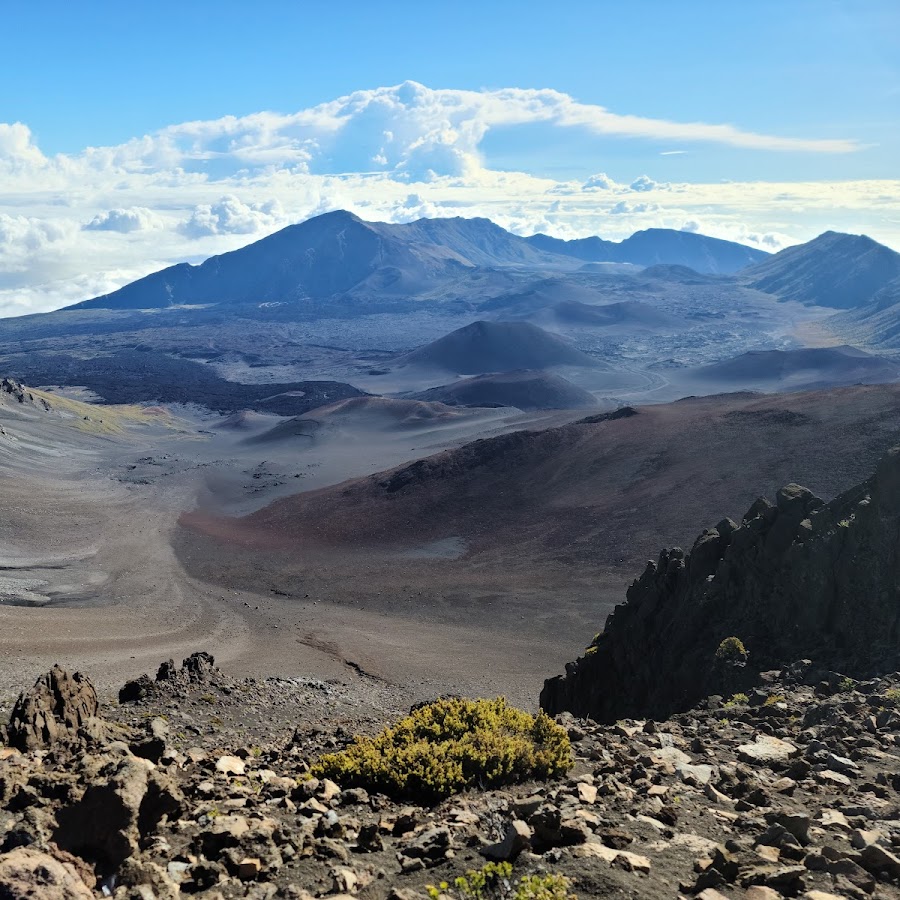
Dry Tortugas
Dry Tortugas National Park is in the Gulf of Mexico, west of Key West, Florida. It comprises 7 islands, plus protected coral reefs.
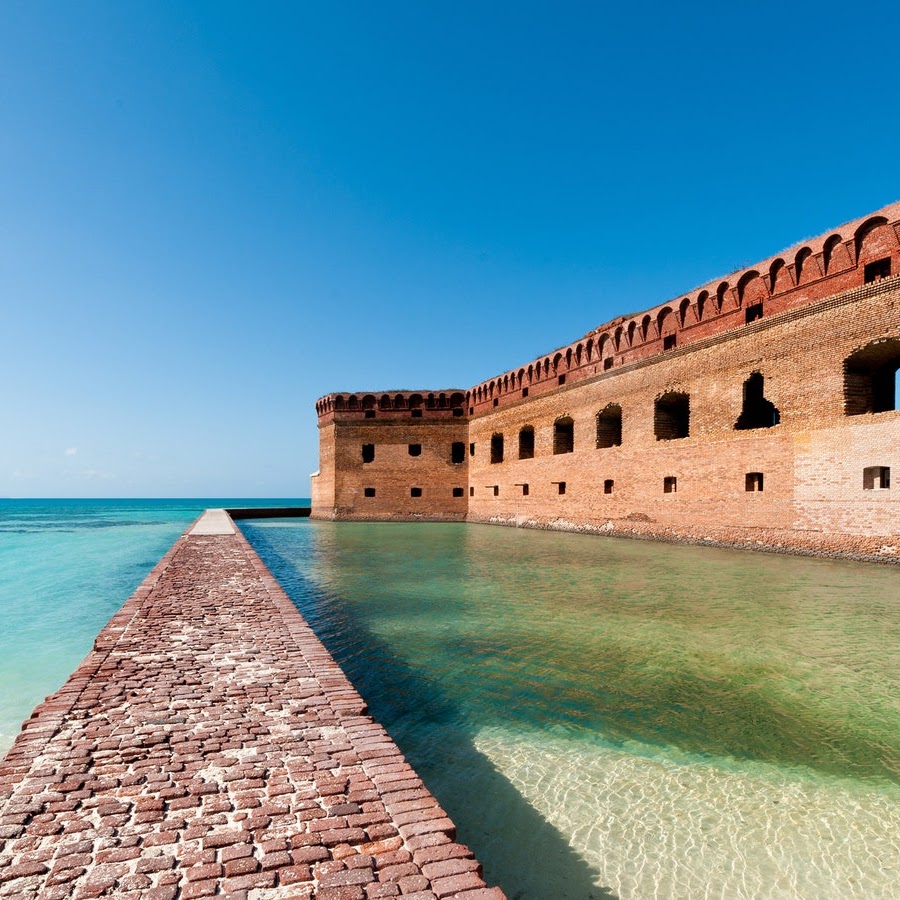
Petrified Forest

Kobuk Valley
Explore the stunning wilderness of Kobuk Valley National Park in Alaska, known for its vast sand dunes and caribou migration.
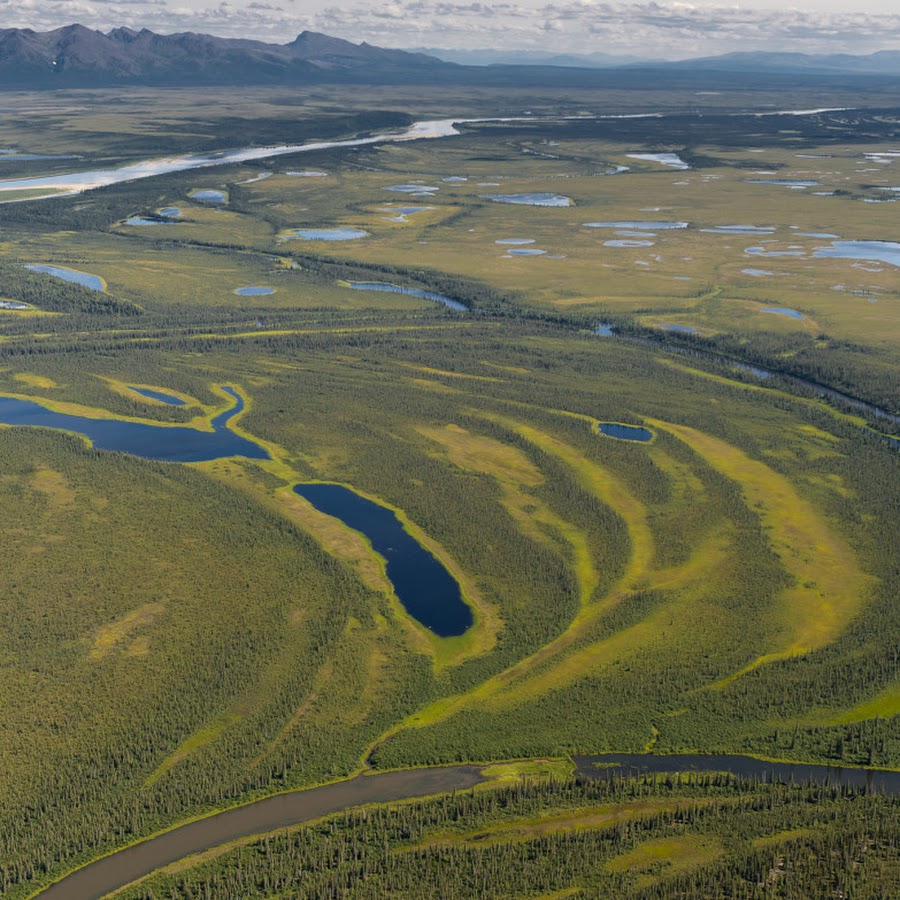
Lake Clark
Visit Lake Clark National Park in Alaska to witness the breathtaking scenery of mountains, glaciers, and lakes.
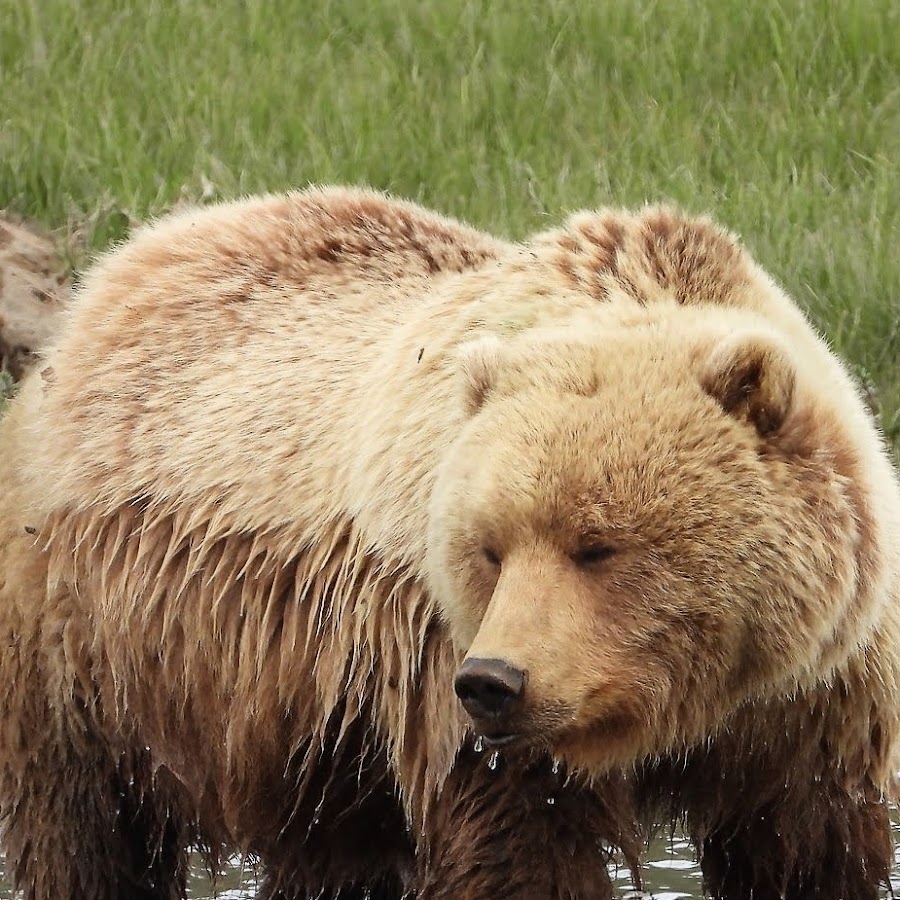
Wrangell – St. Elias
Discover the immense beauty of Wrangell – St. Elias National Park in Alaska, home to towering mountains, glaciers, and diverse wildlife.
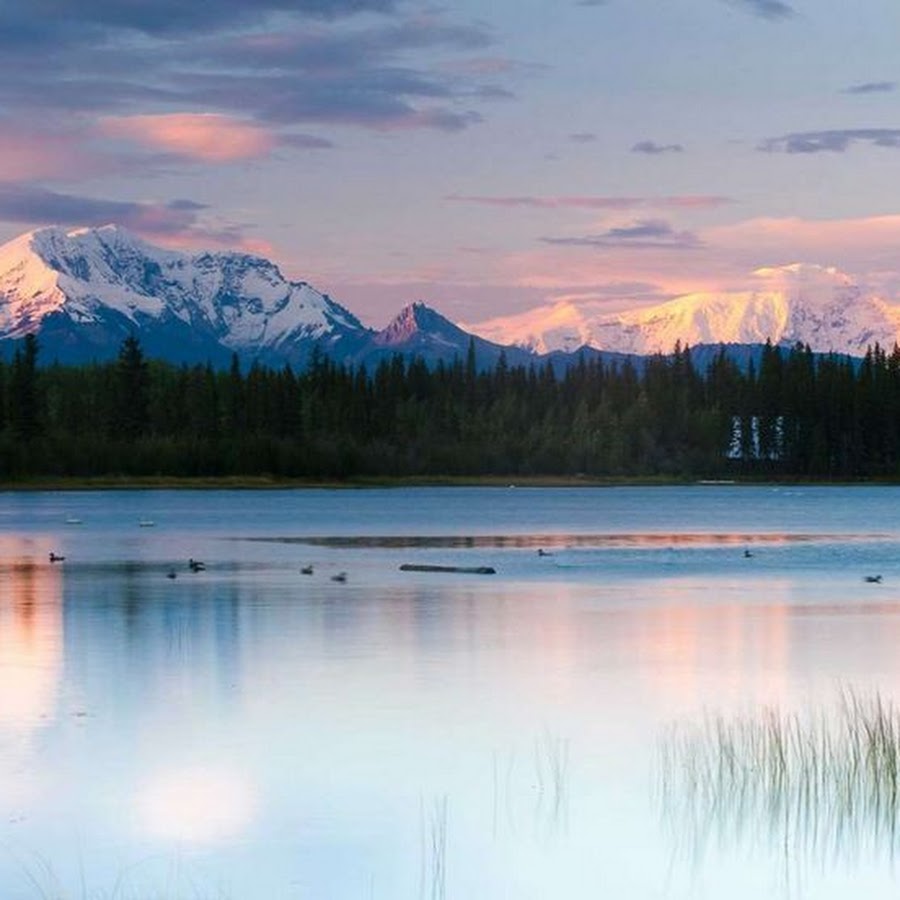
Katmai National Park

American Samoa

Petrified Forest

Saguaro
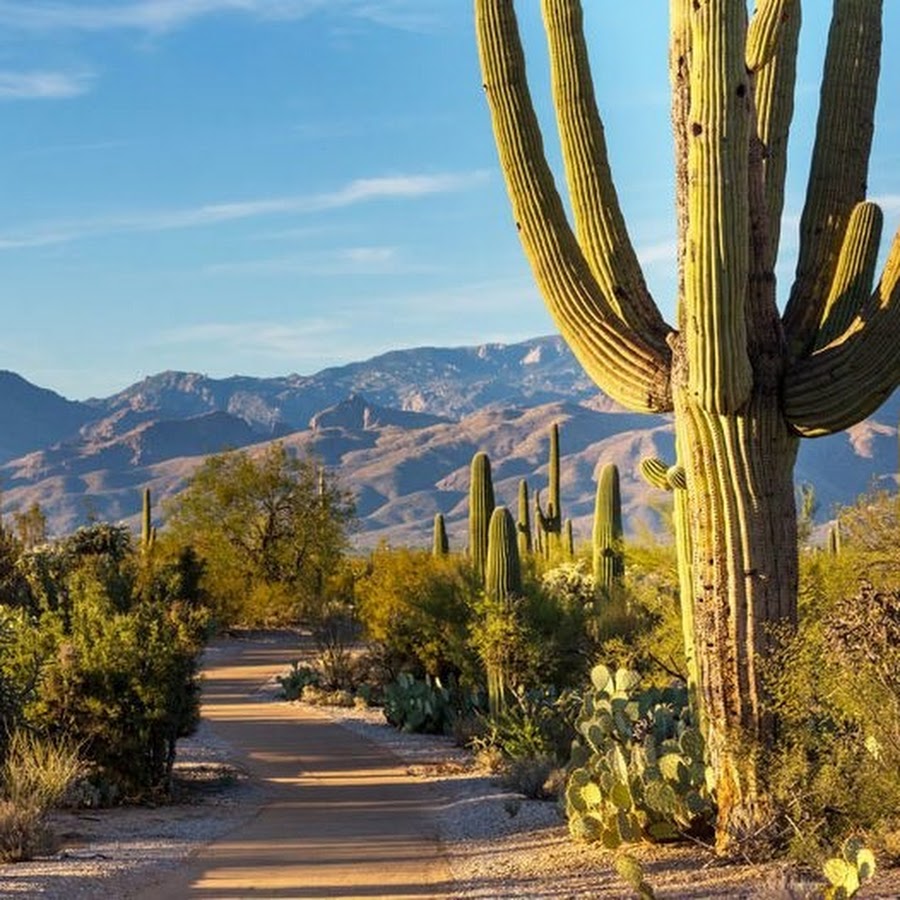
Pinnacles

Mesa Verde
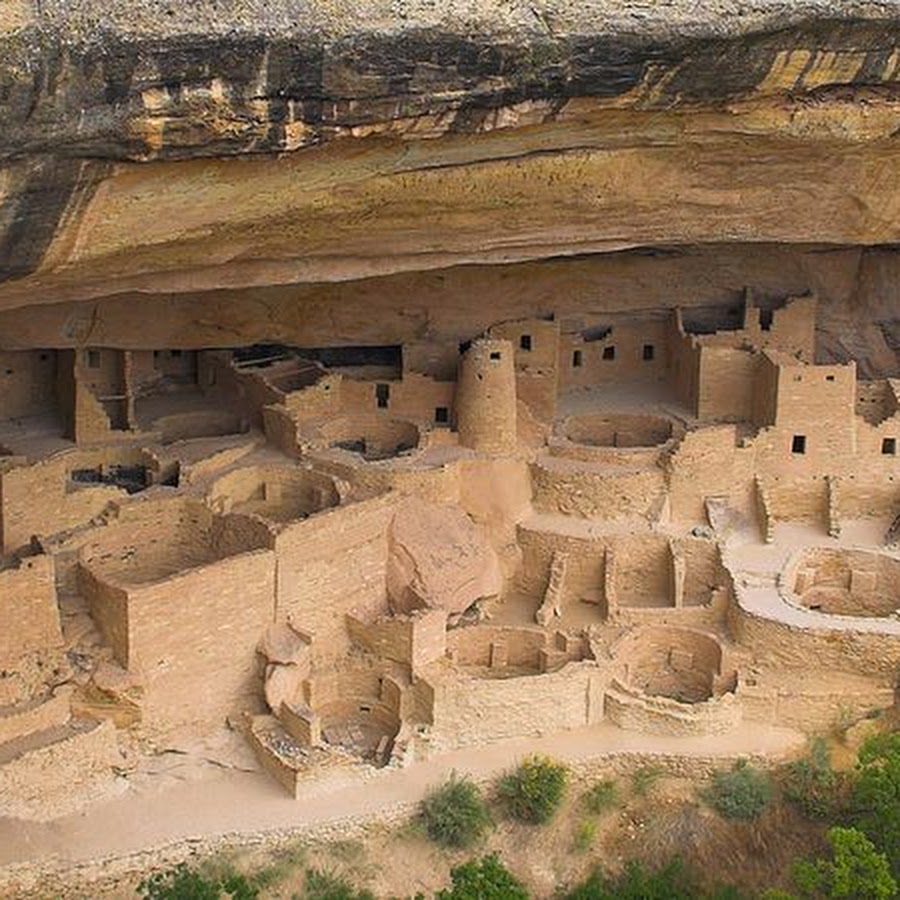
Black Canyon of the Gunnison
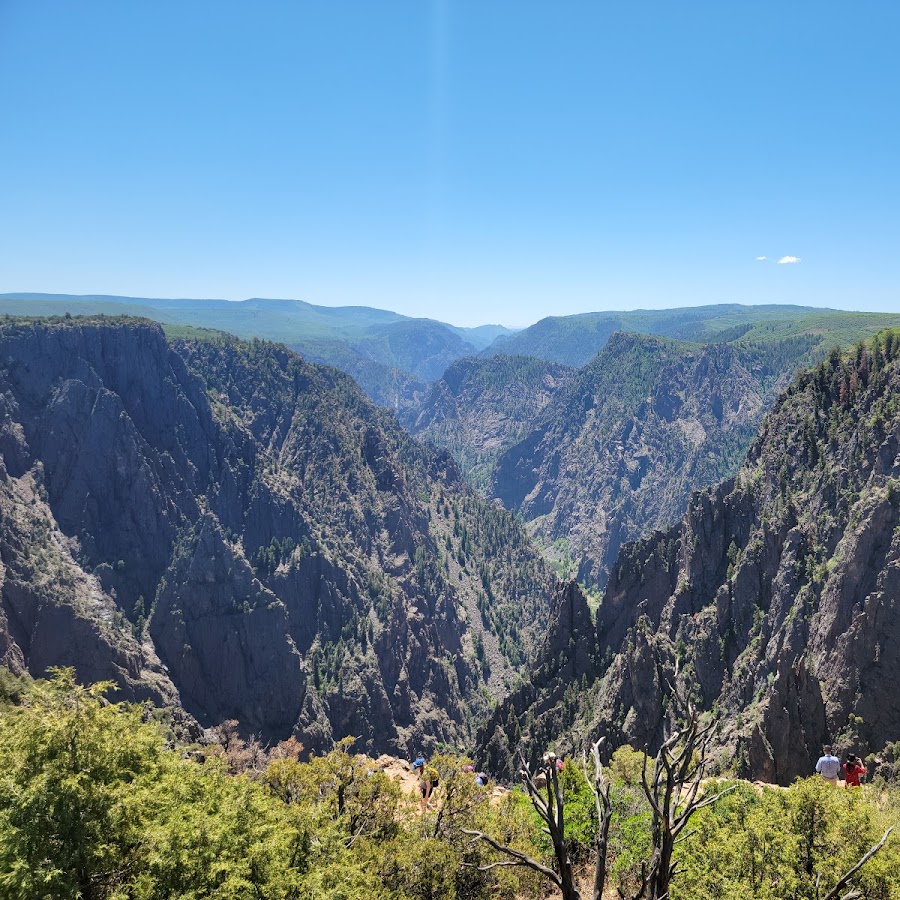
Biscayne National Park
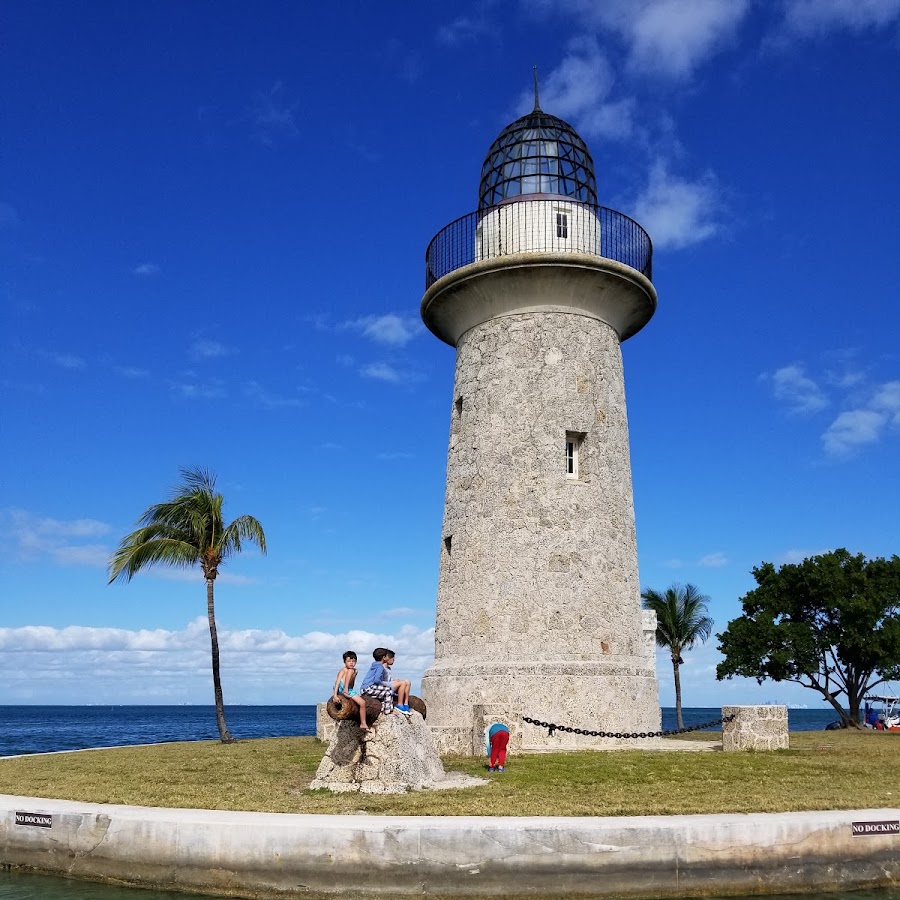
Yosemite Valley
Start your adventure in Yosemite Valley, where you can see iconic landmarks like El Capitan and Half Dome. Enjoy a leisurely walk along the Merced River and take in the stunning views.
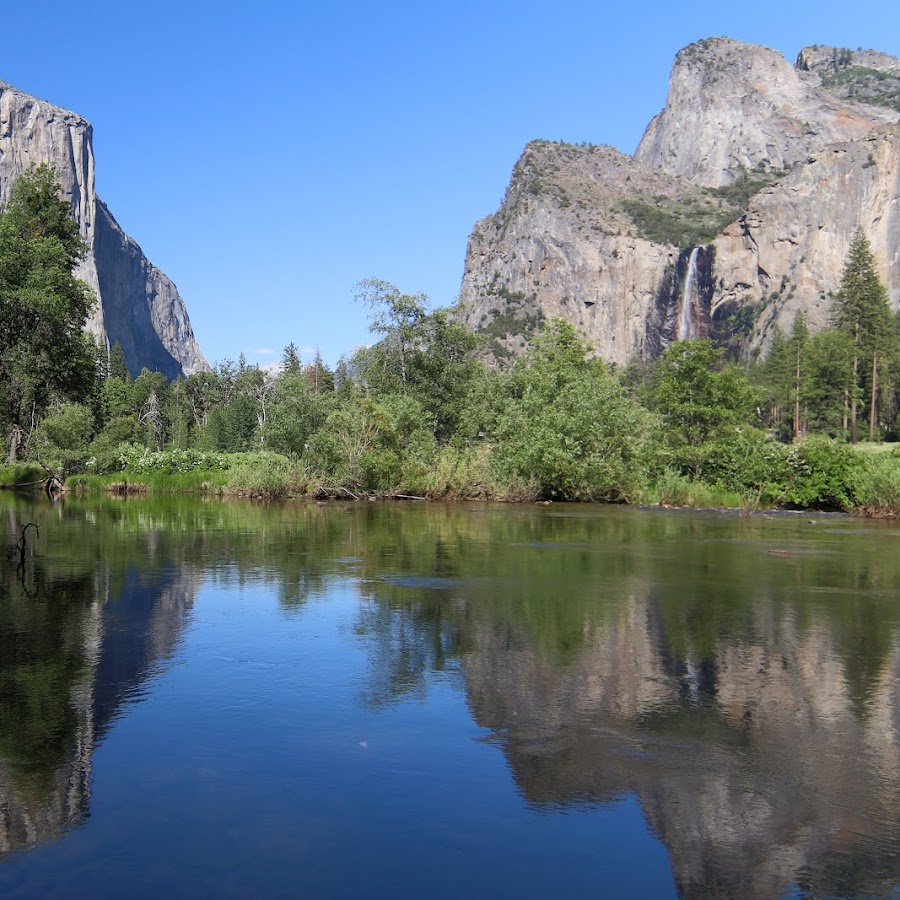
Glacier Point
Drive to Glacier Point for one of the most spectacular views in the park. The overlook provides a panoramic view of Yosemite Valley, Half Dome, and the High Sierra.

Yosemite's Wildlife Viewing Areas
Explore designated wildlife viewing areas to spot deer, black bears, and various bird species. Early morning or late afternoon is the best time for wildlife sightings.
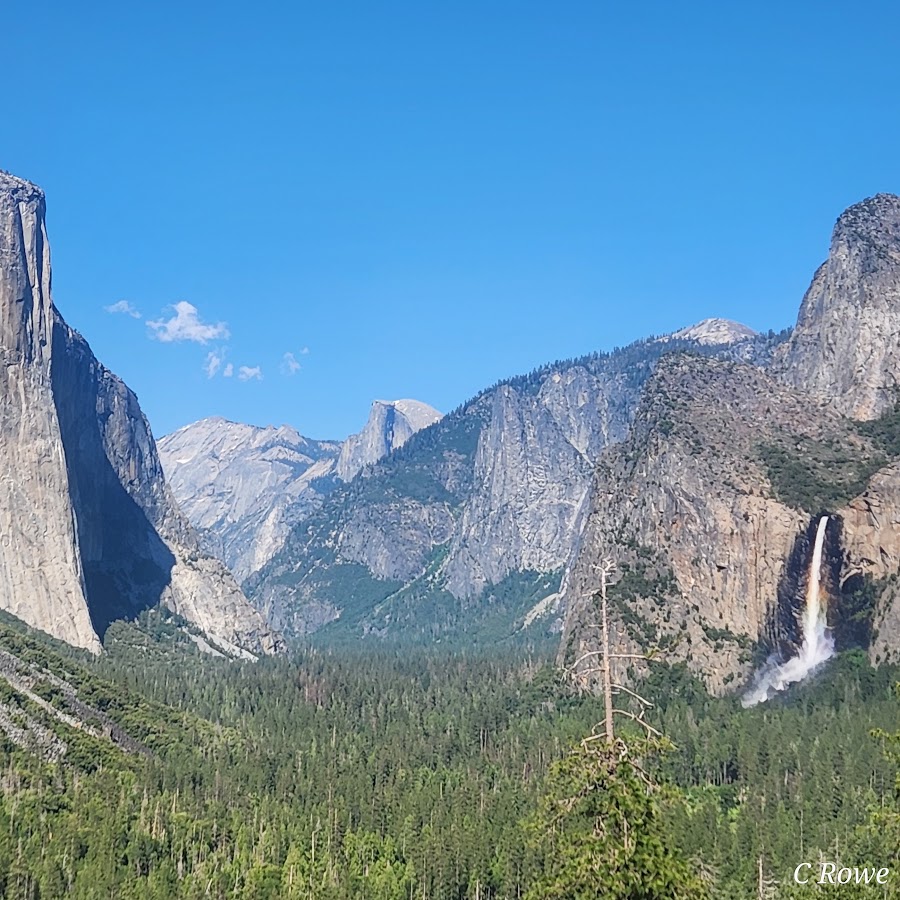
El Portal
Visit El Portal, the gateway to Yosemite, where you can find visitor services and learn more about the park's history and ecology.

Wawona Campground
Relax at Wawona Campground, where you can enjoy a peaceful evening by the river, stargazing, and listening to the sounds of nature.
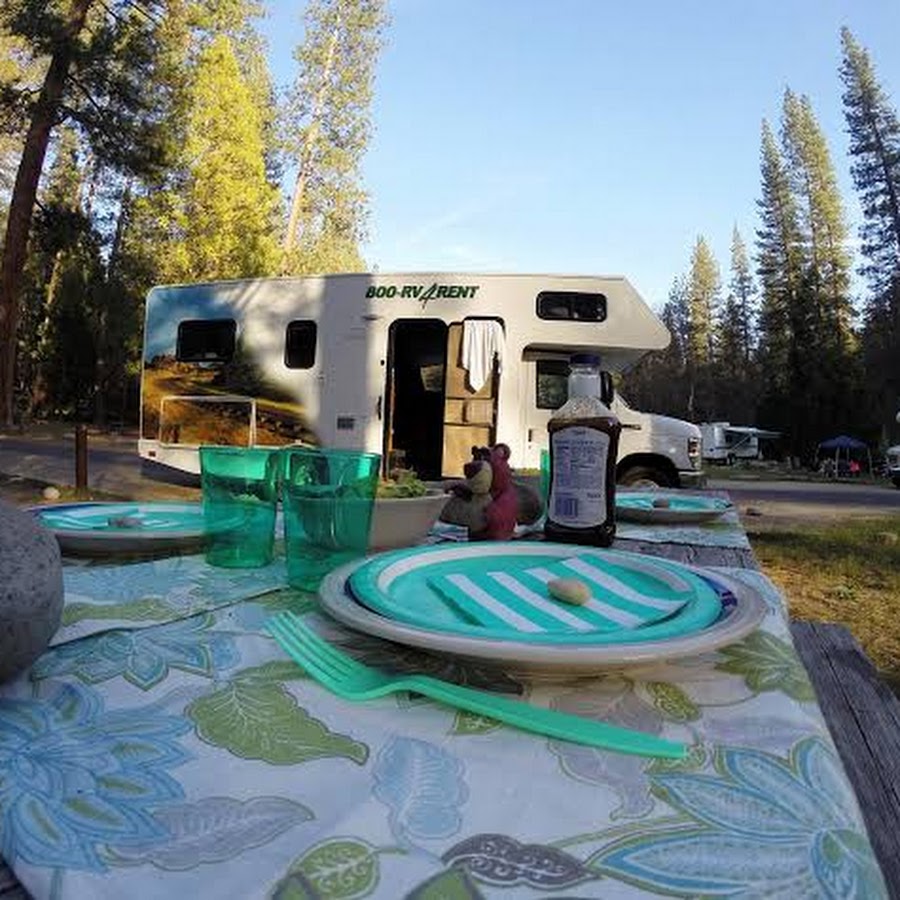 google.com
google.comYosemite Falls
Visit Yosemite Falls, one of the tallest waterfalls in North America. The hike to the base is relatively easy and offers breathtaking views of the falls.
 google.com
google.comAnsel Adams Gallery
Explore the Ansel Adams Gallery to appreciate the stunning photography of Yosemite and learn about the park's history and conservation efforts.
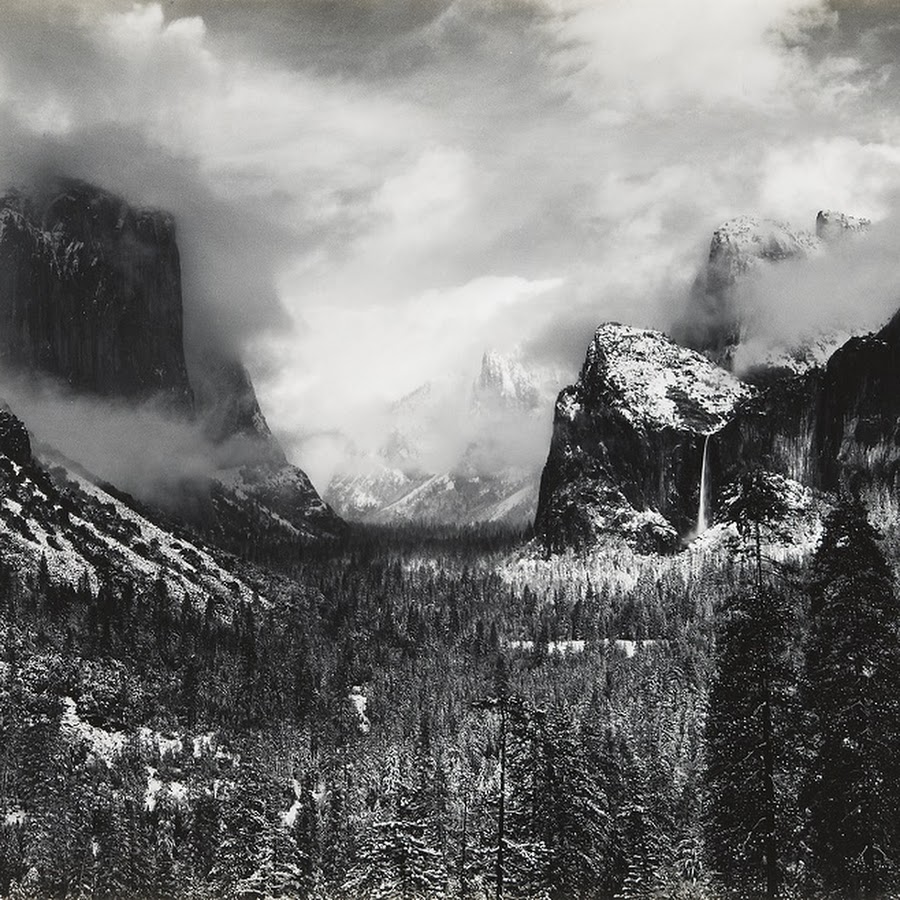 google.com
google.comHaleakalā
 google.com
google.comTuolumne Meadows
Visit Tuolumne Meadows for a more tranquil experience. Enjoy easy hikes, beautiful meadows, and the stunning backdrop of the Sierra Nevada mountains.
 google.com
google.comYosemite Village
End your trip with a visit to Yosemite Village, where you can shop for souvenirs, enjoy a meal, and reflect on your adventures in the park.
 google.com
google.comHetch Hetchy Reservoir
Visit Hetch Hetchy Reservoir for a quieter experience. Enjoy hiking trails with beautiful views of the reservoir and surrounding cliffs.
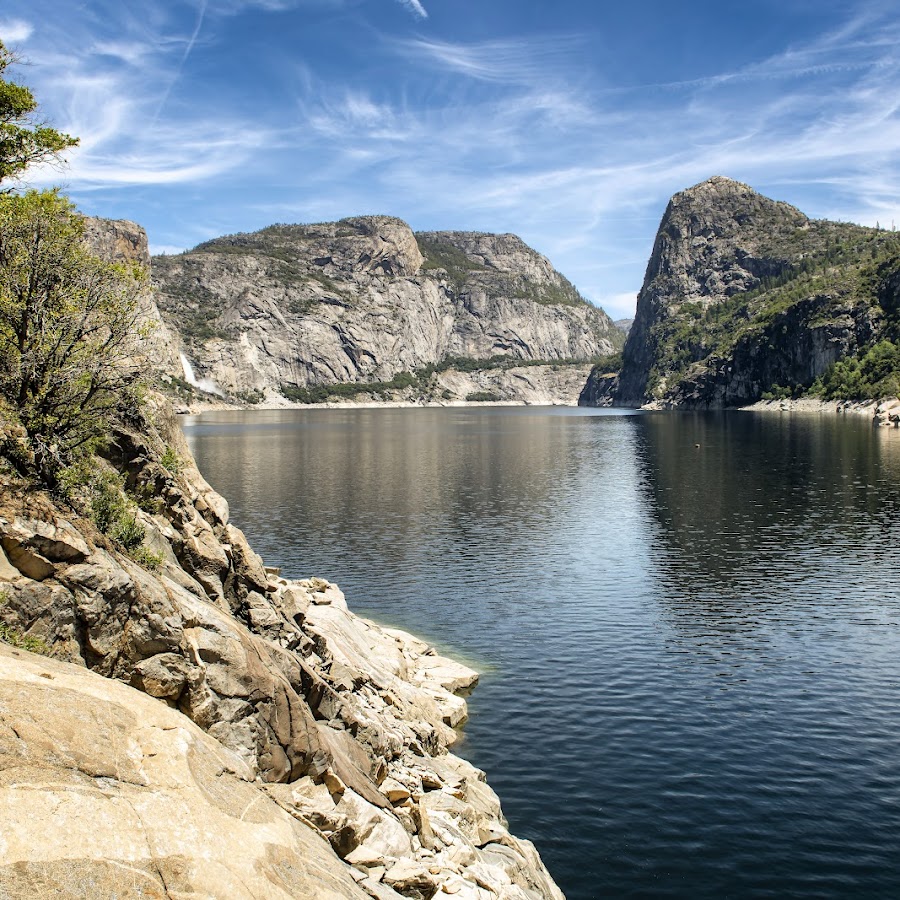 google.com
google.comMist Trail
Hike the Mist Trail to Vernal and Nevada Falls. This challenging hike rewards you with stunning views of the waterfalls and the surrounding landscape.
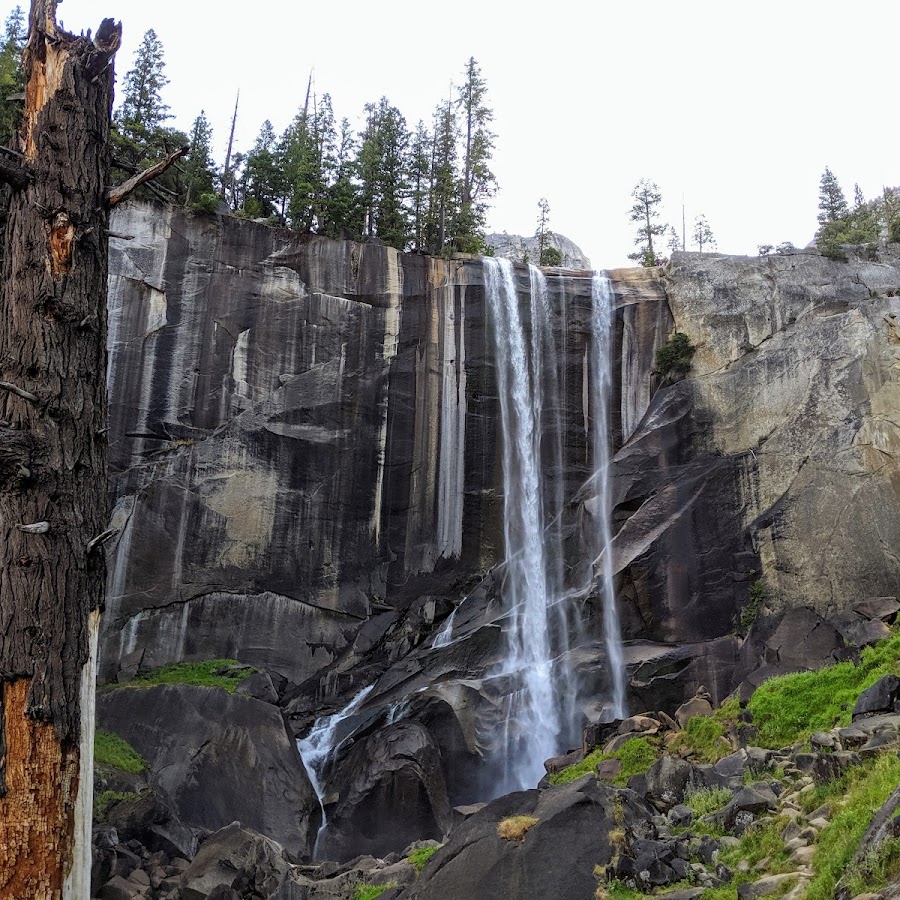 google.com
google.comEl Capitan Meadow
Spend some time at El Capitan Meadow, where you can watch climbers tackle the famous rock face and enjoy a picnic with a view of the majestic granite cliffs.
 google.com
google.comMariposa Grove of Giant Sequoias
Take a trip to Mariposa Grove to see some of the largest trees on Earth, including the famous Grizzly Giant. Enjoy the serene atmosphere and the beauty of these ancient giants.
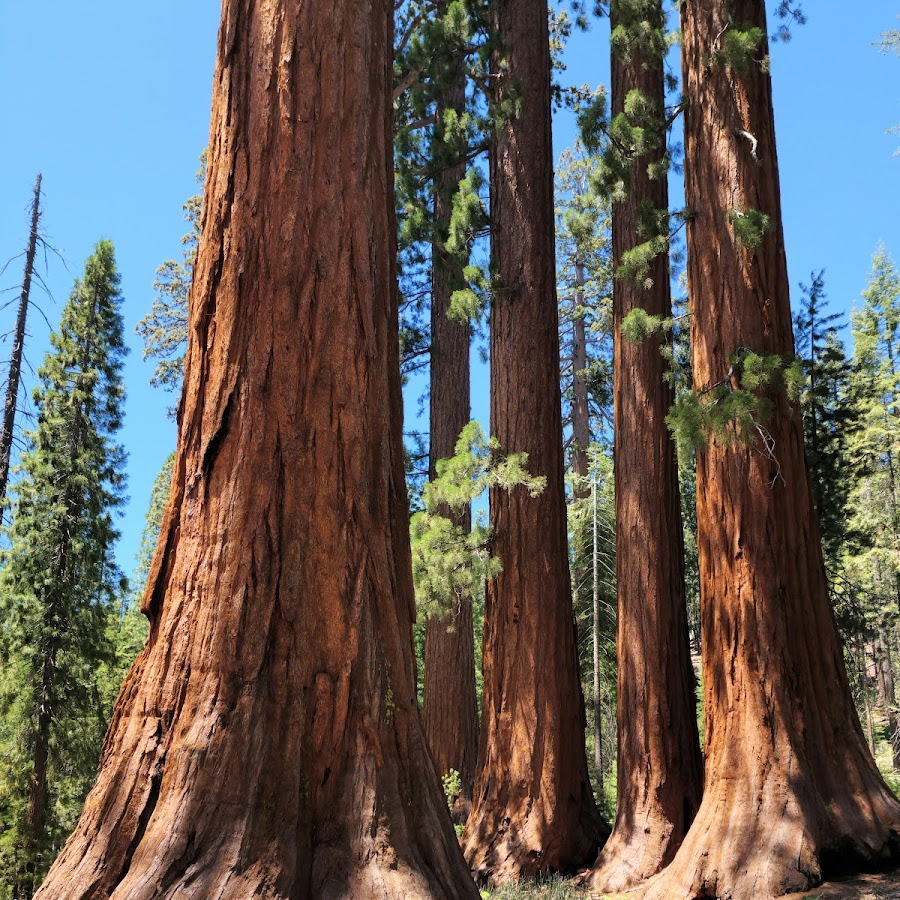 google.com
google.com